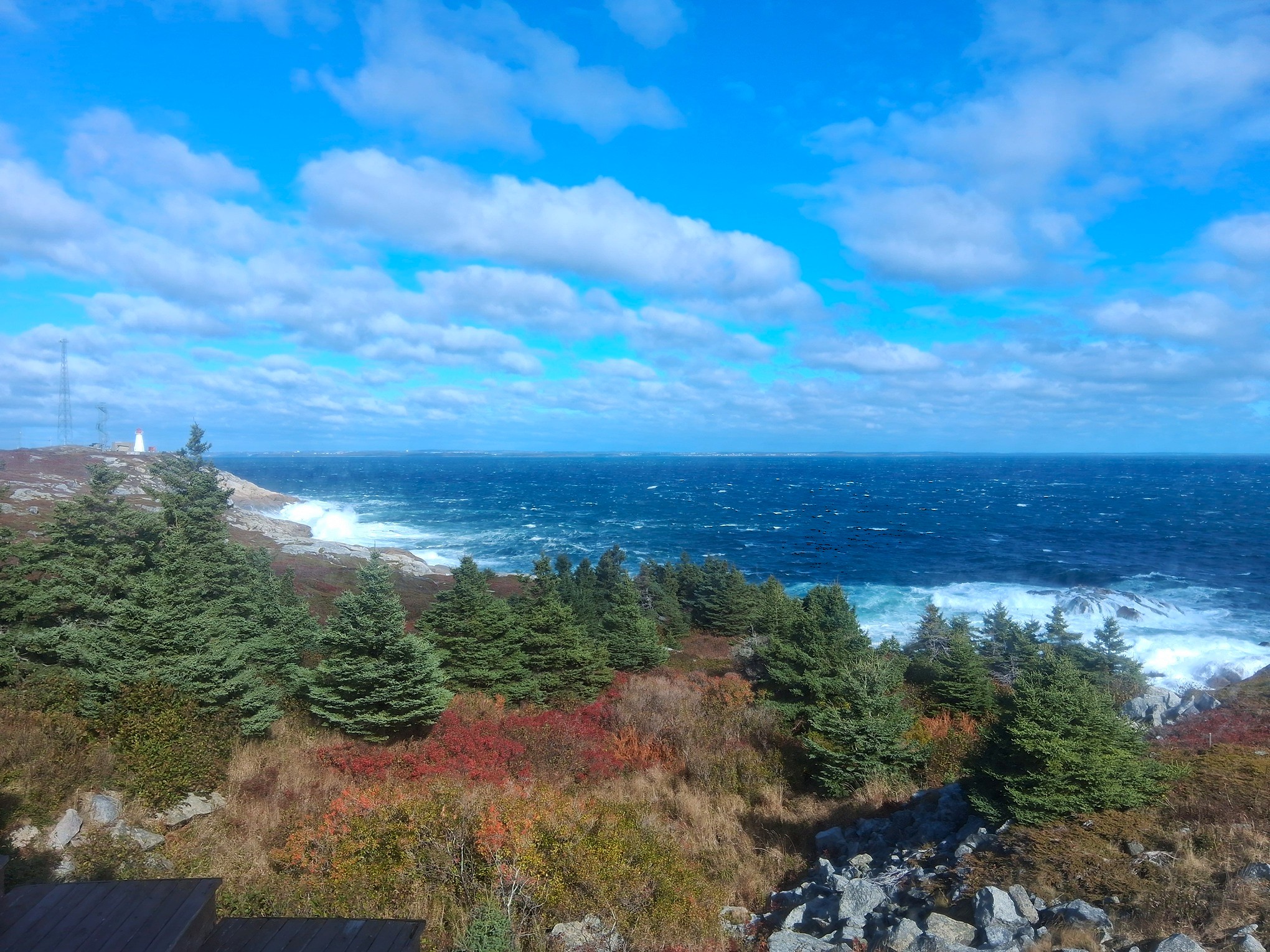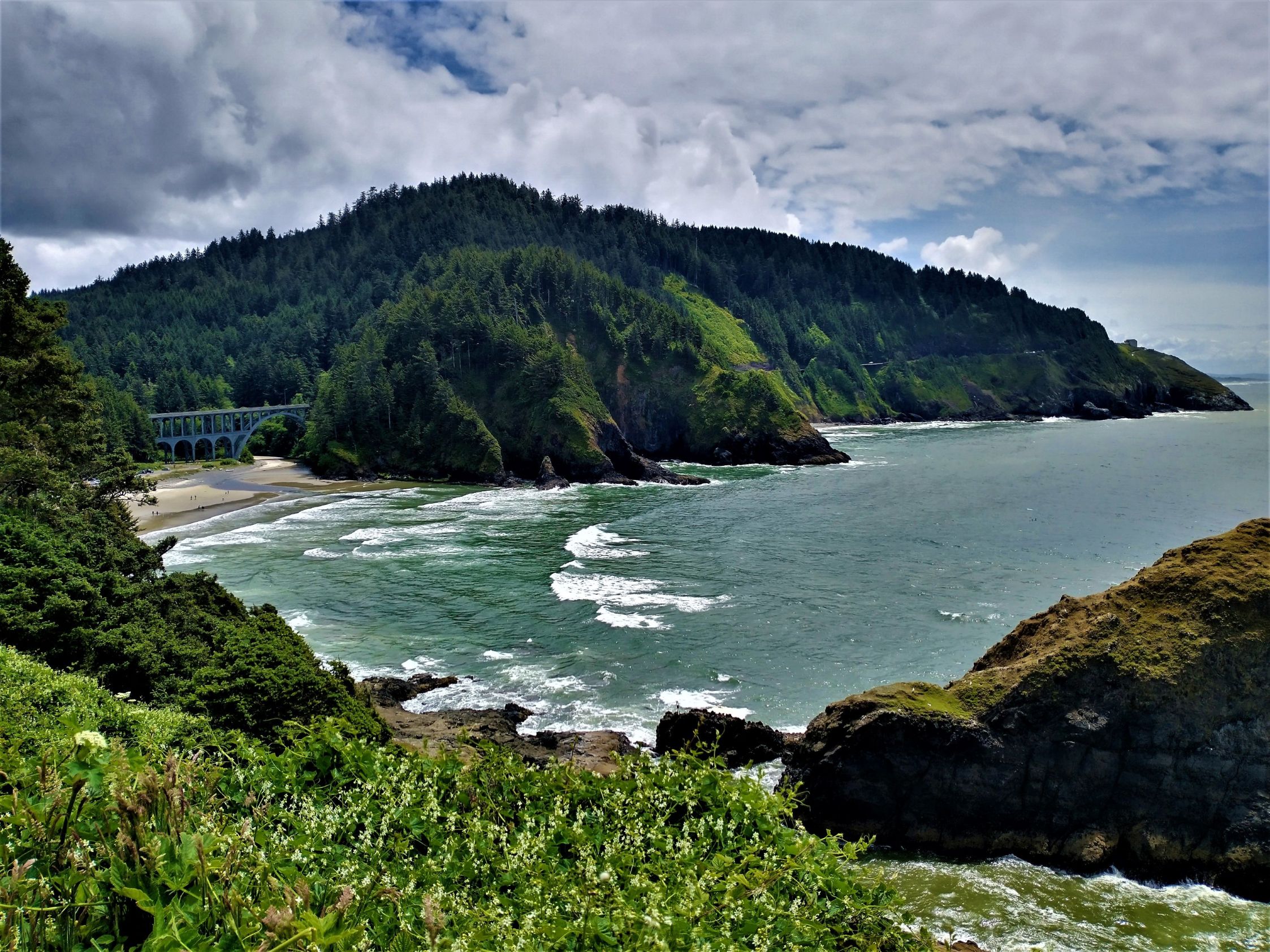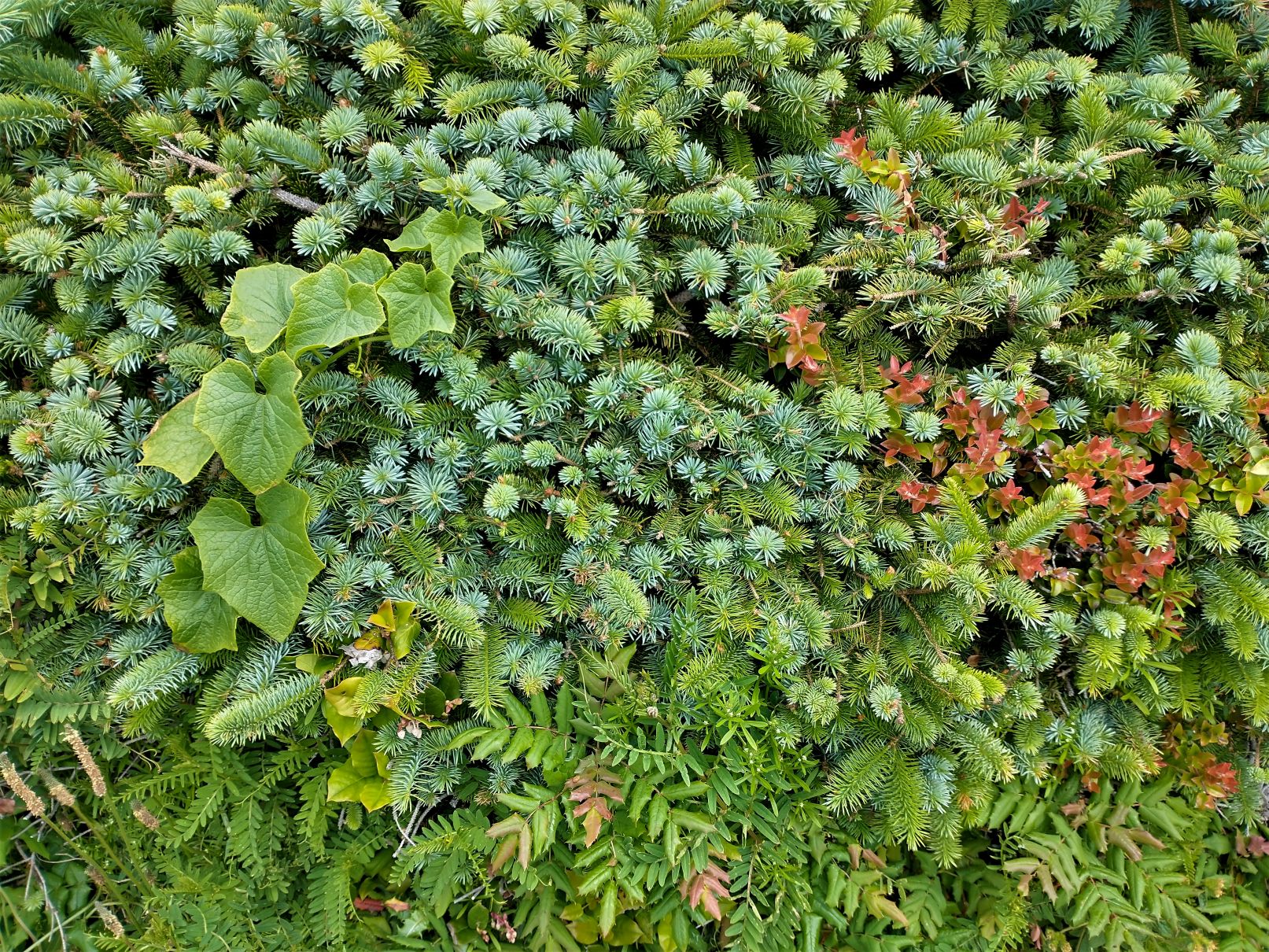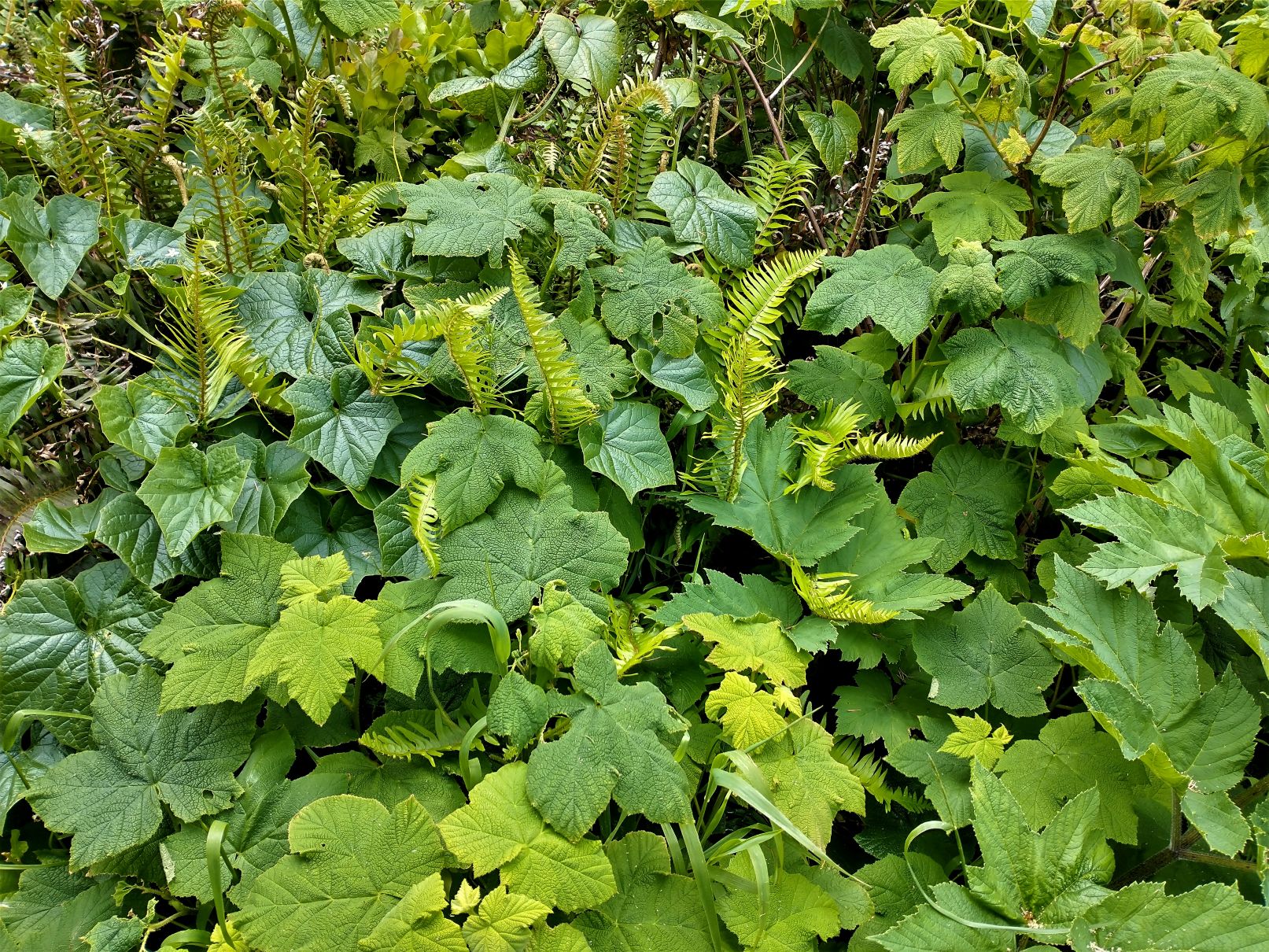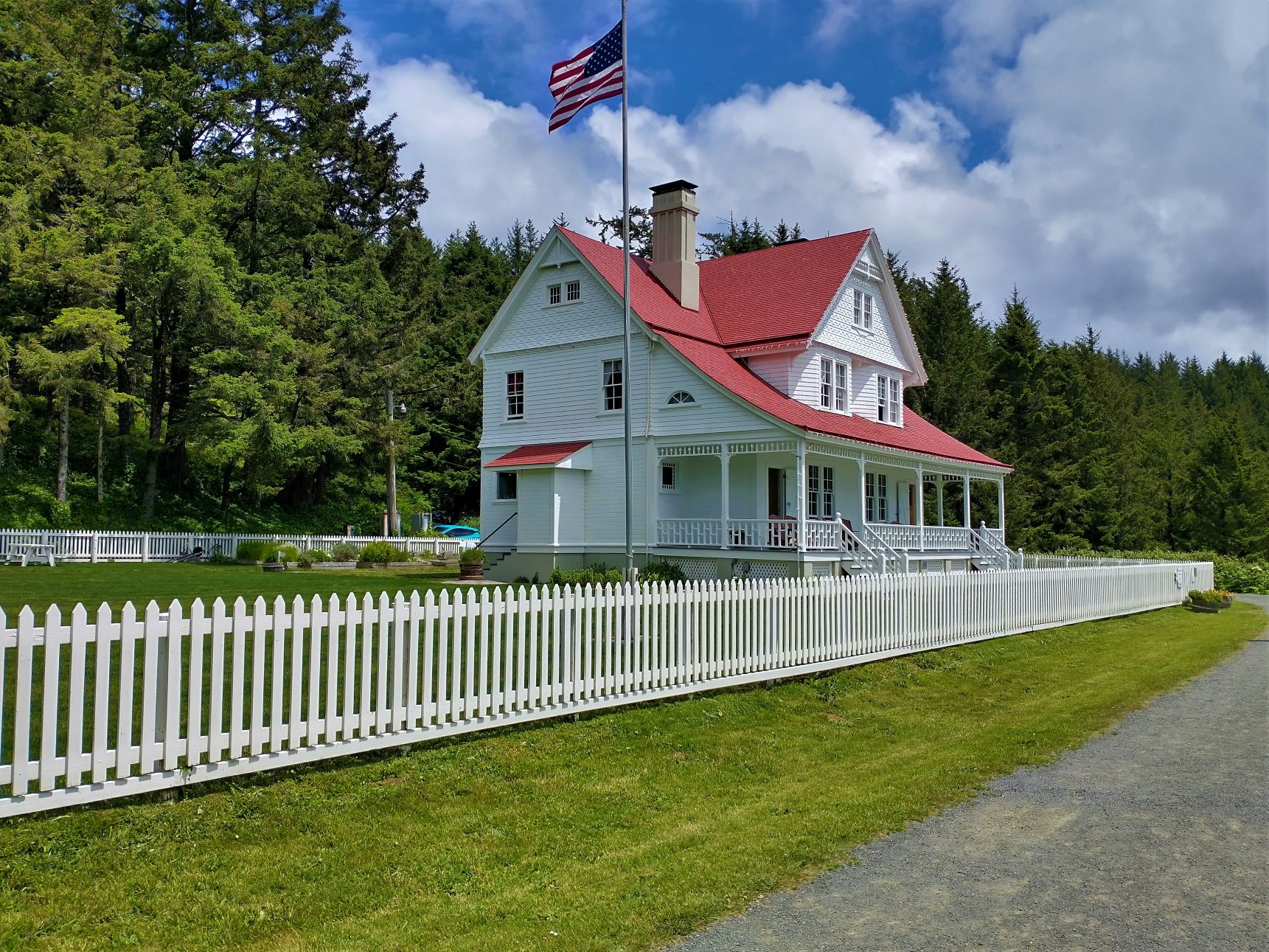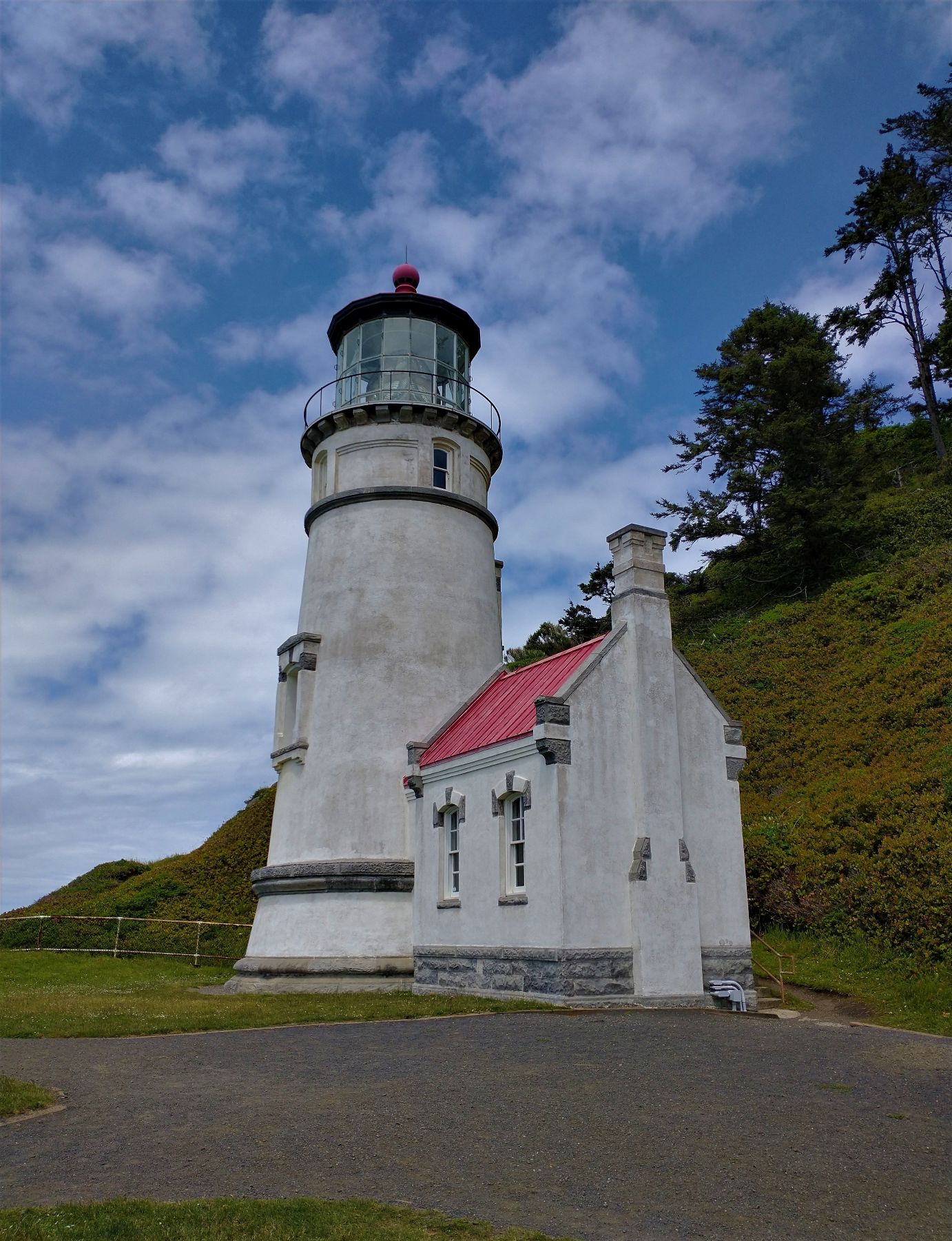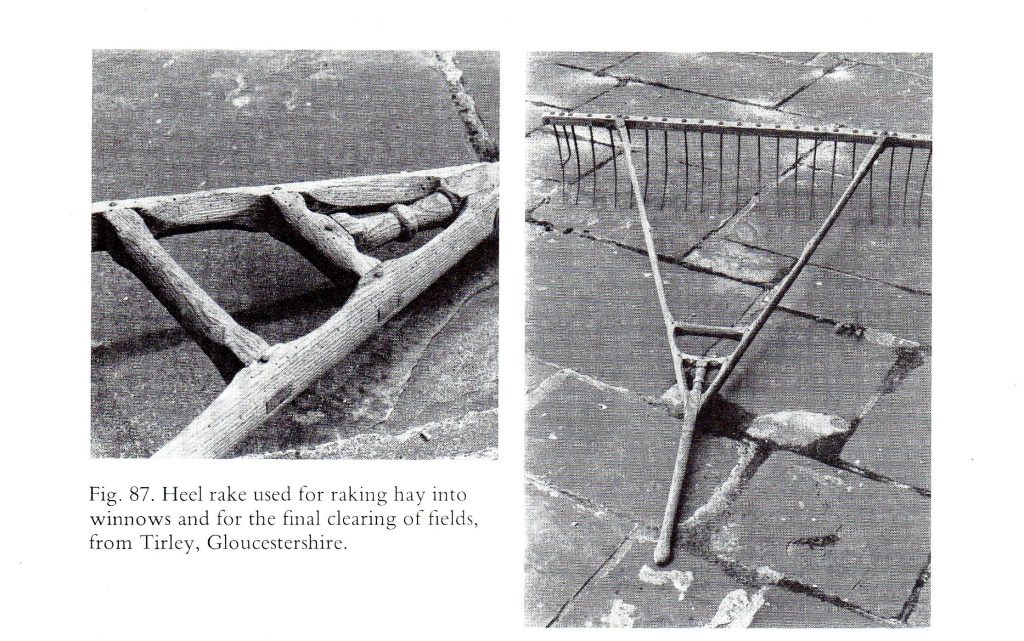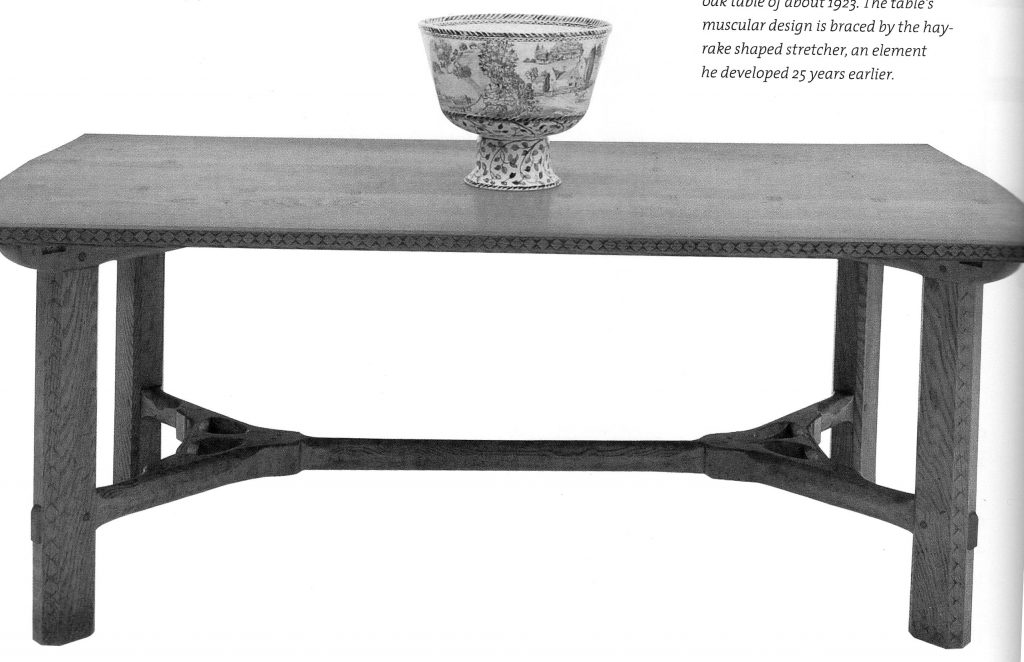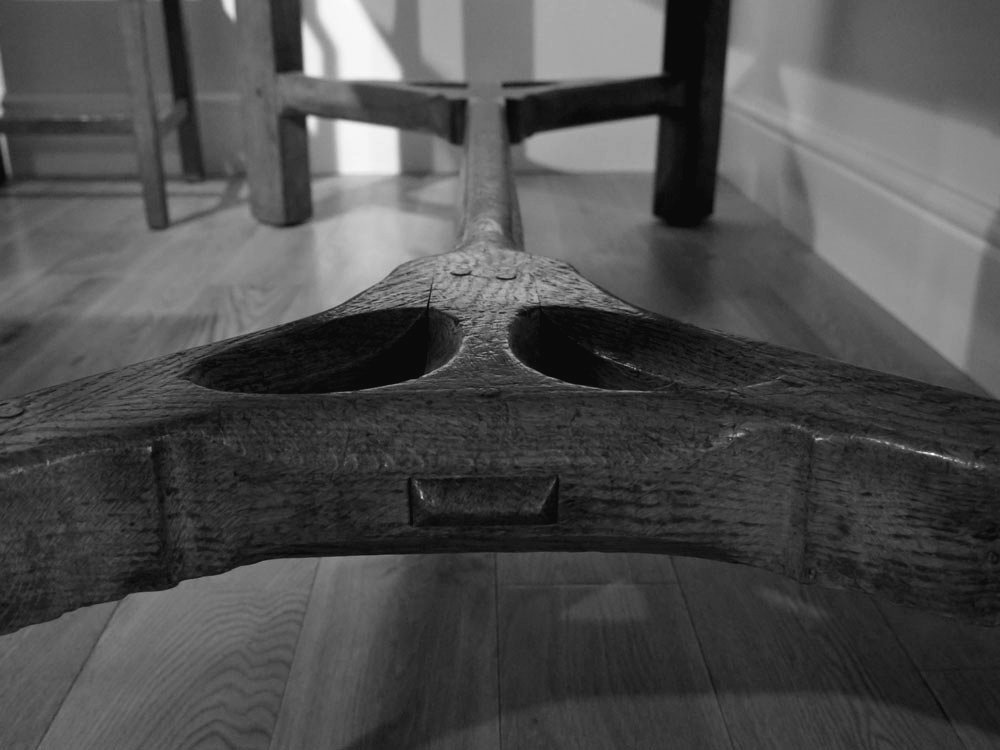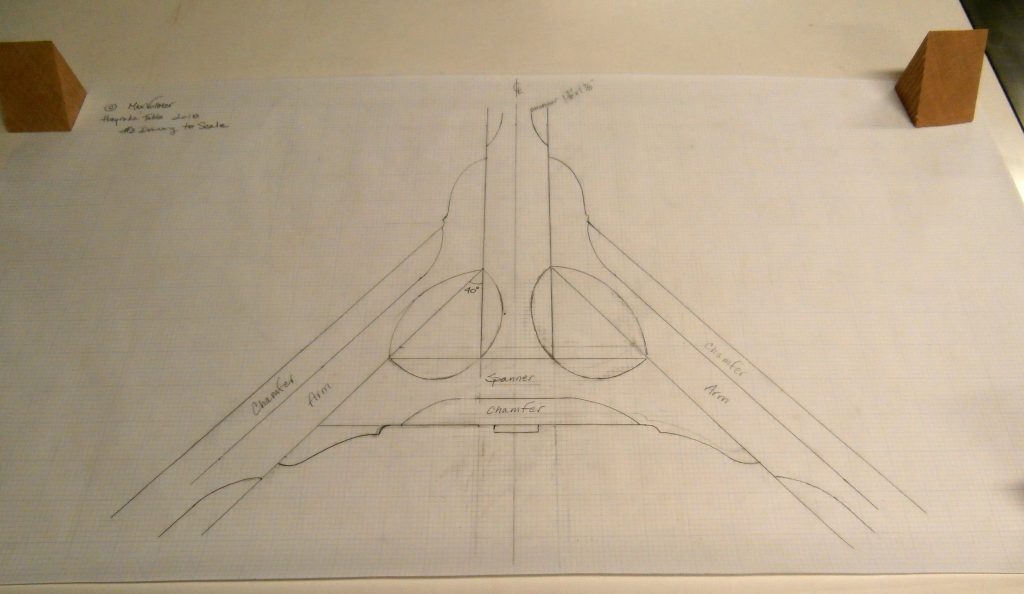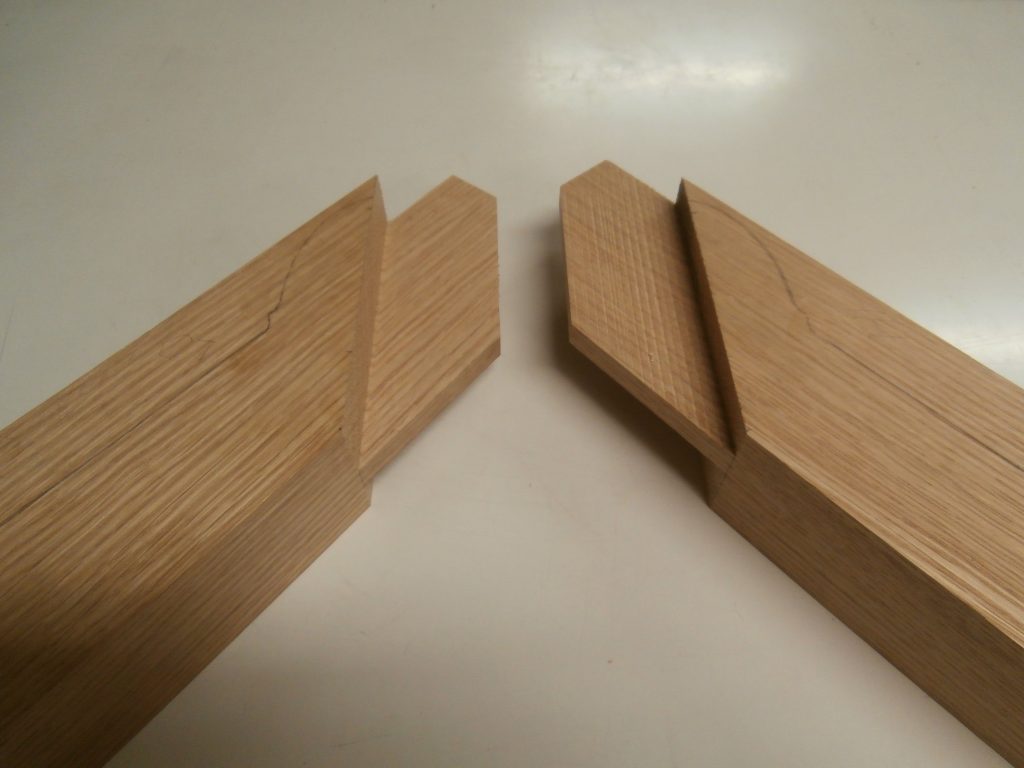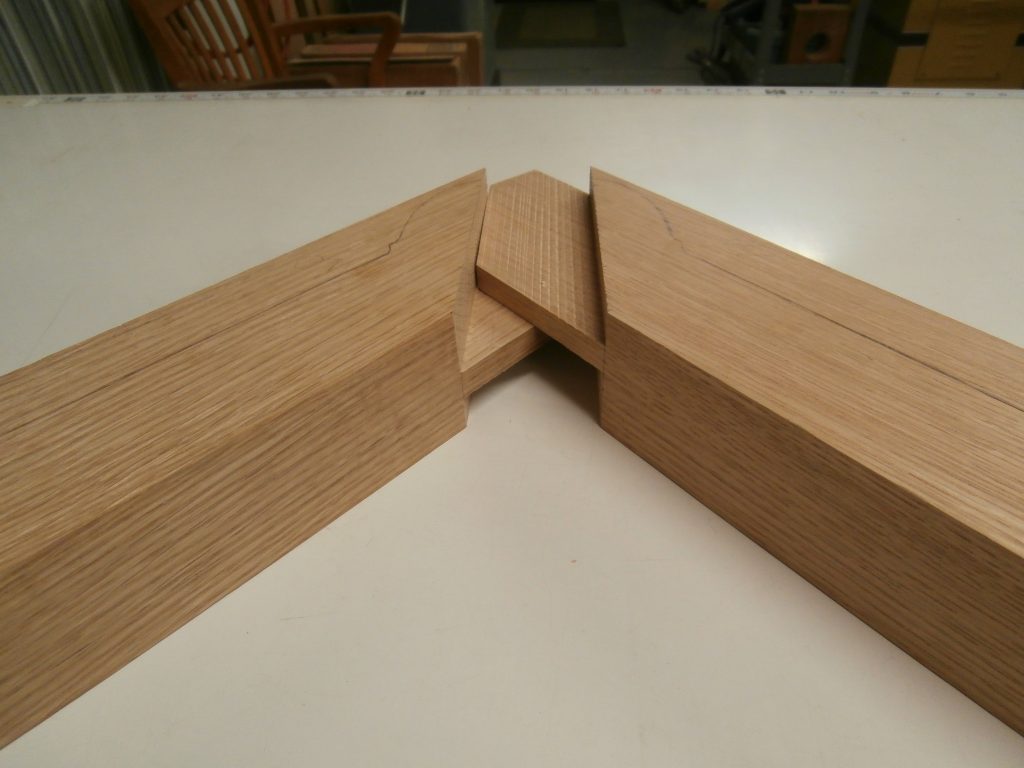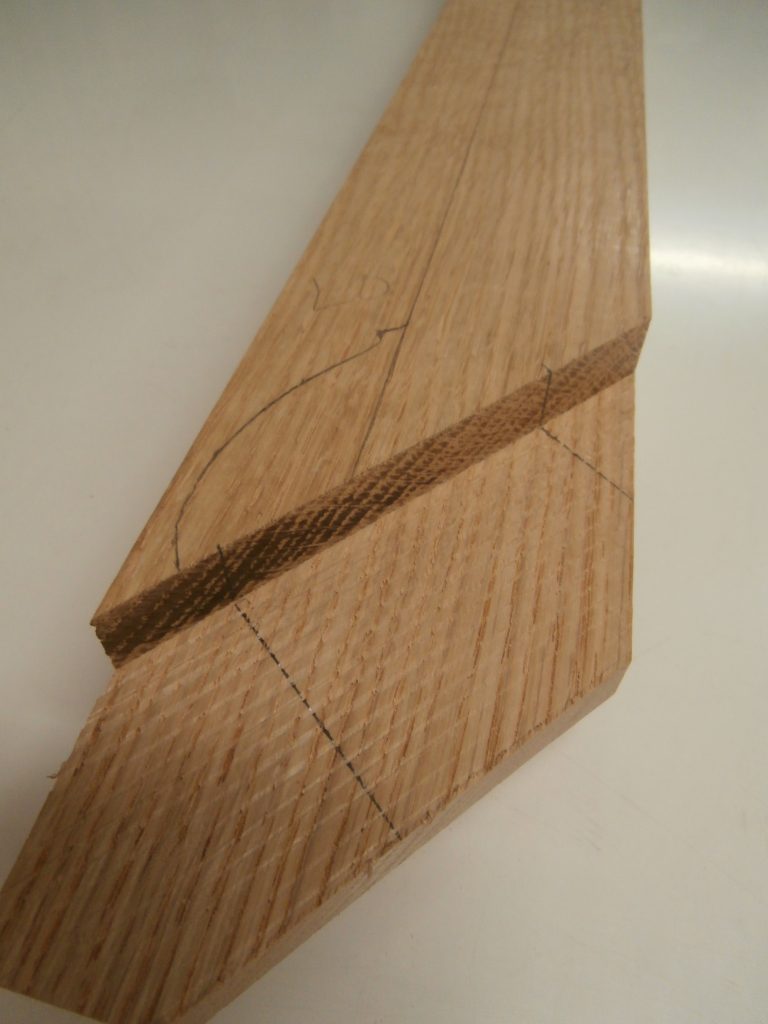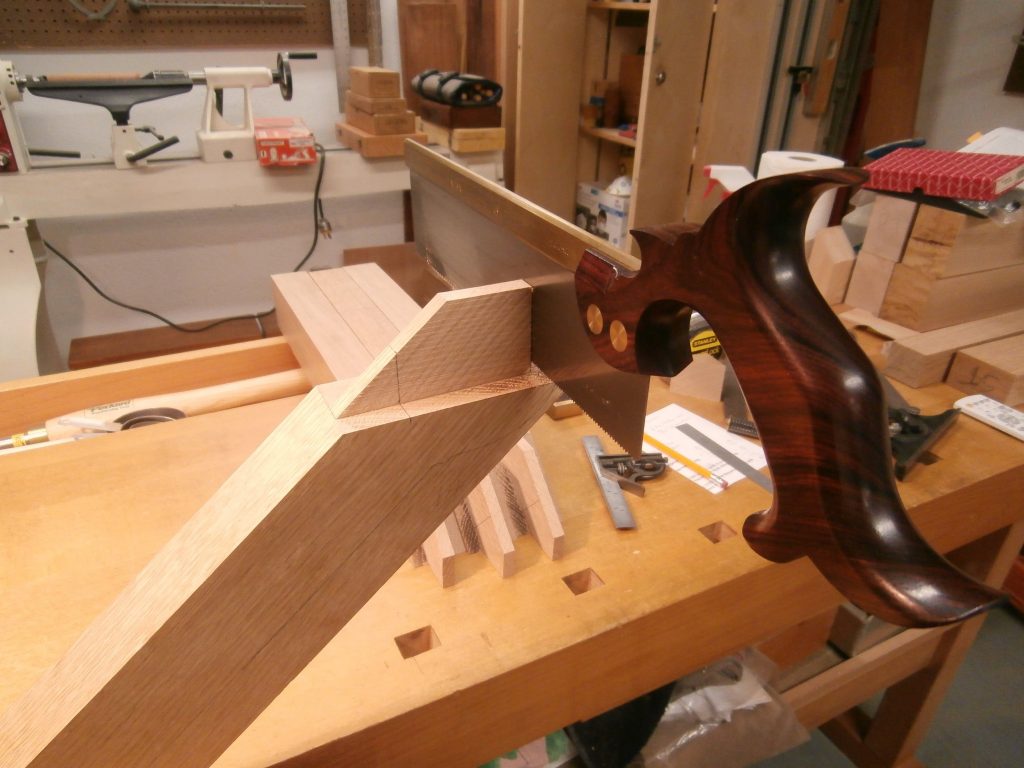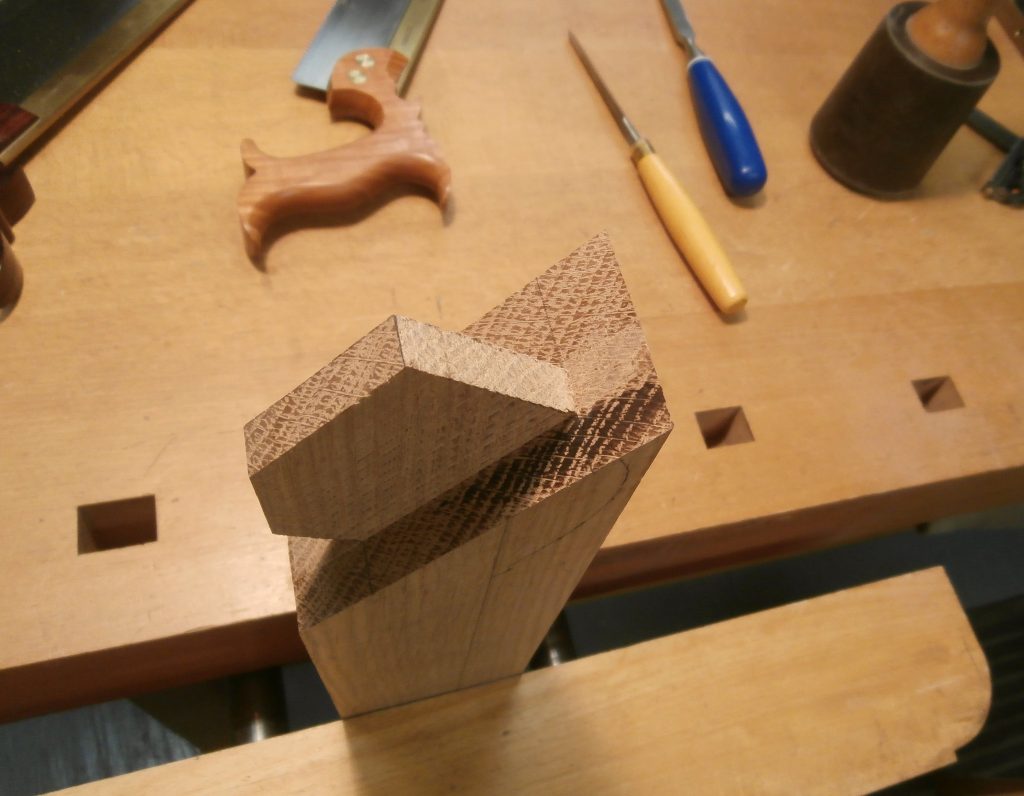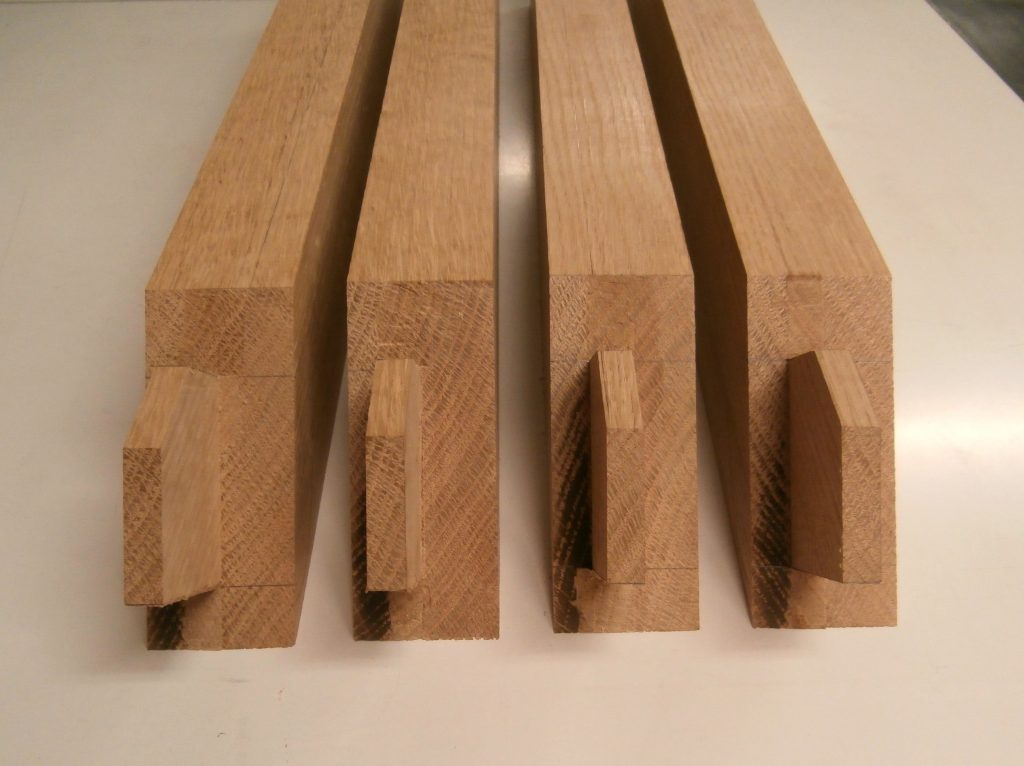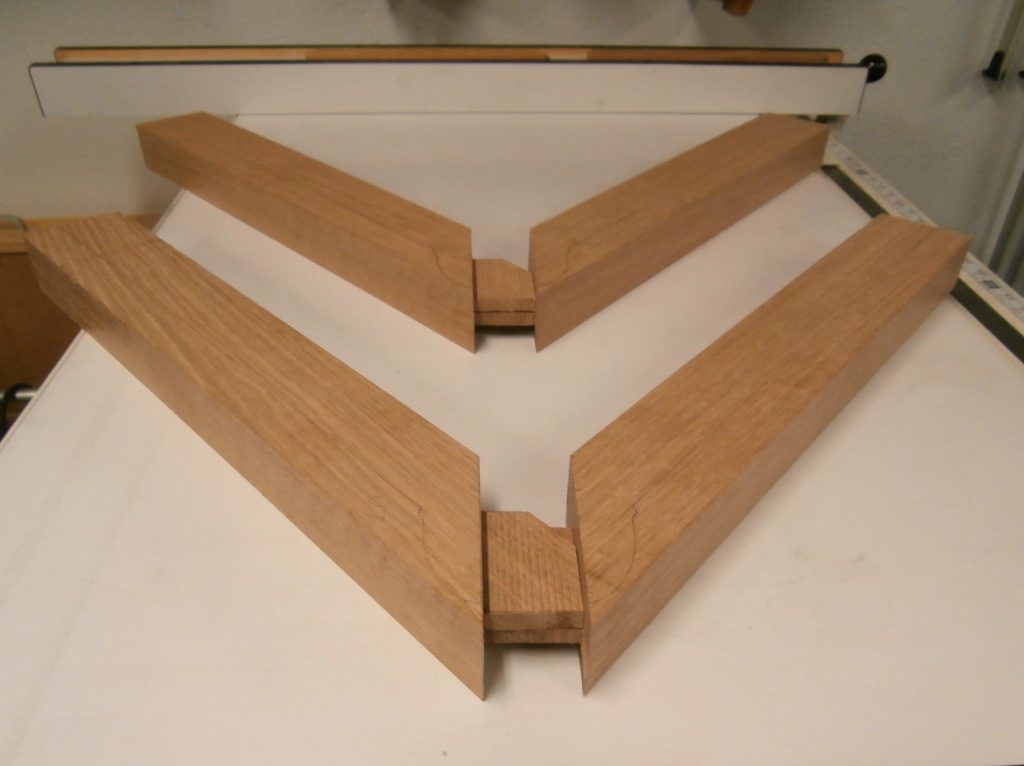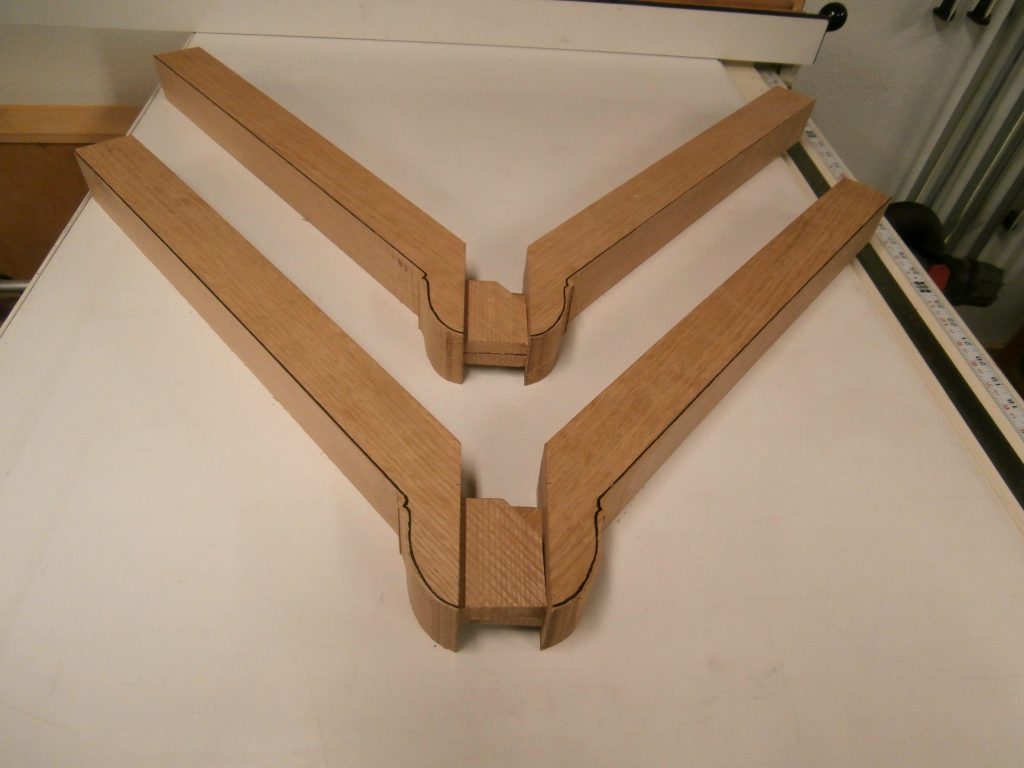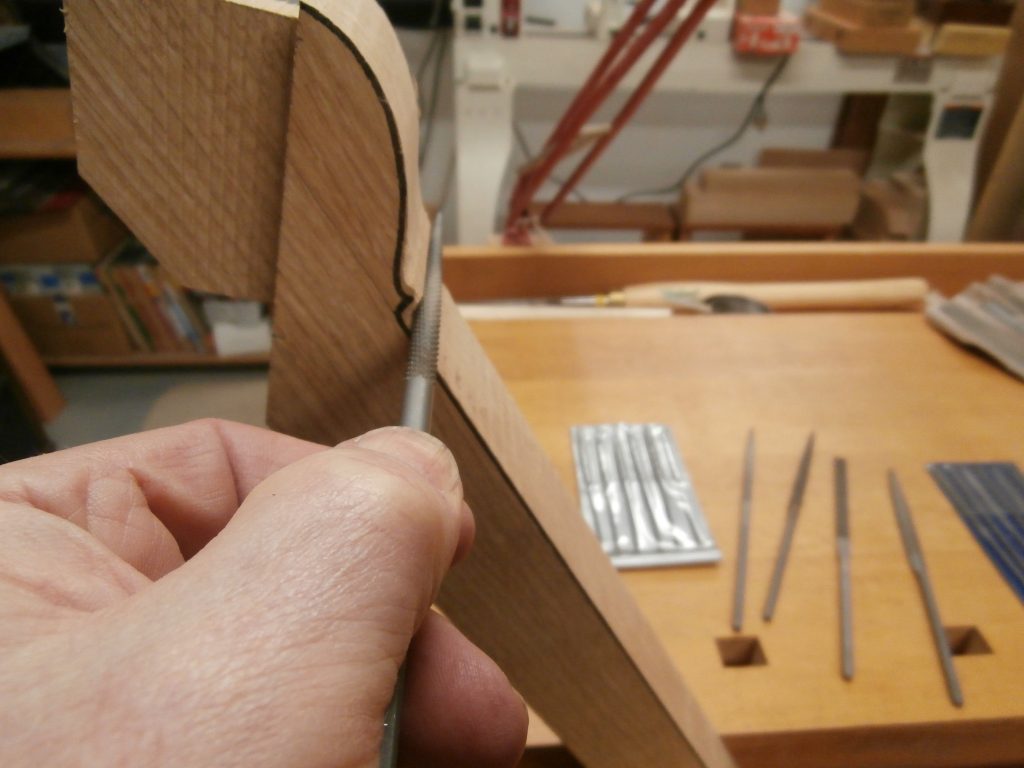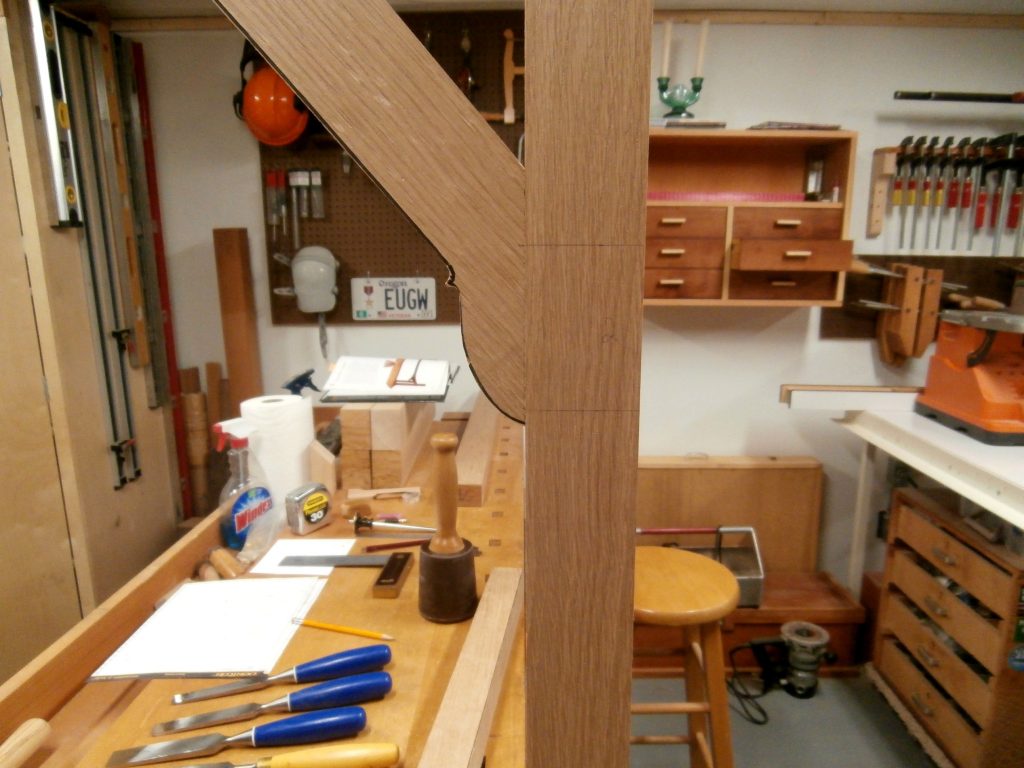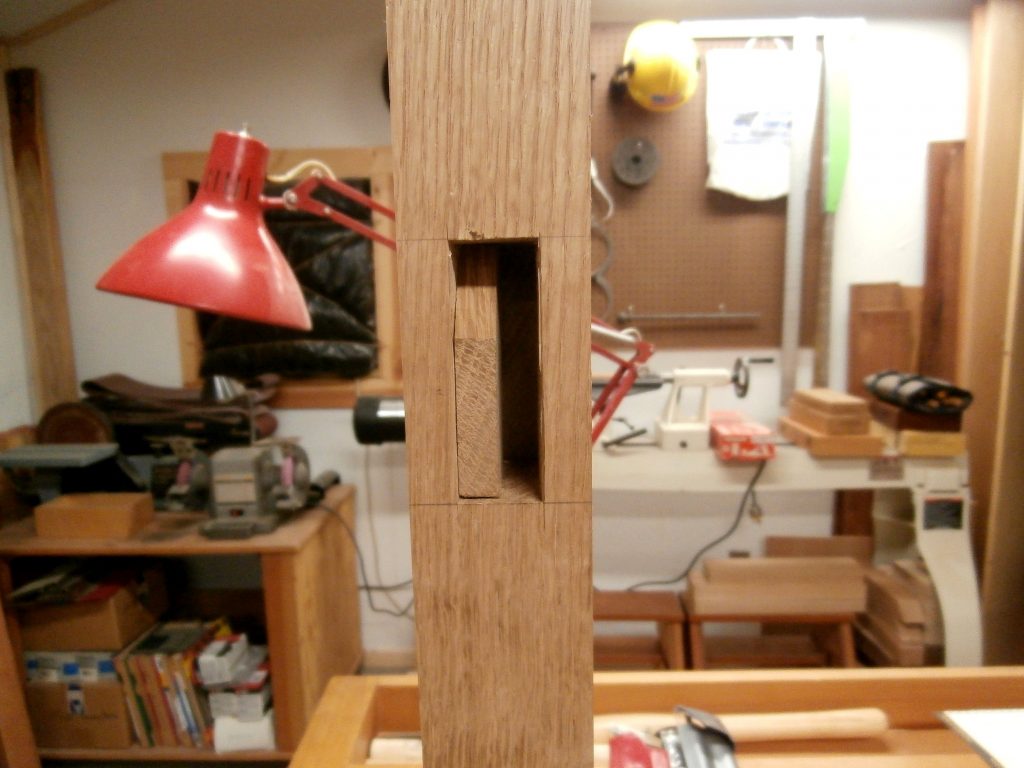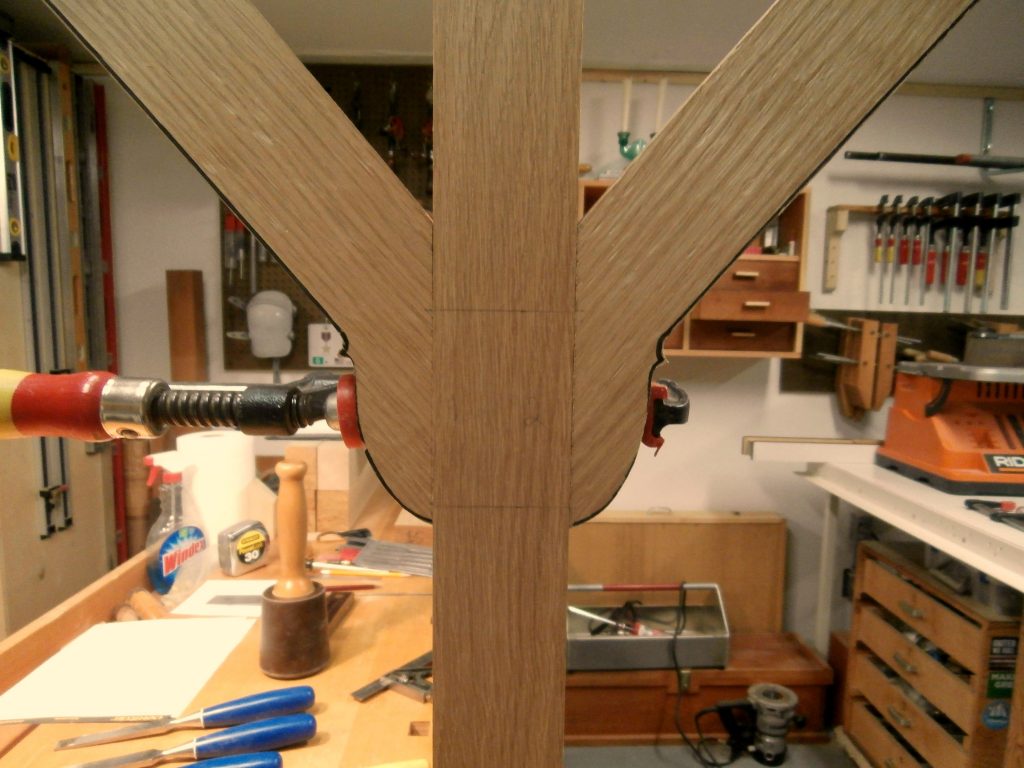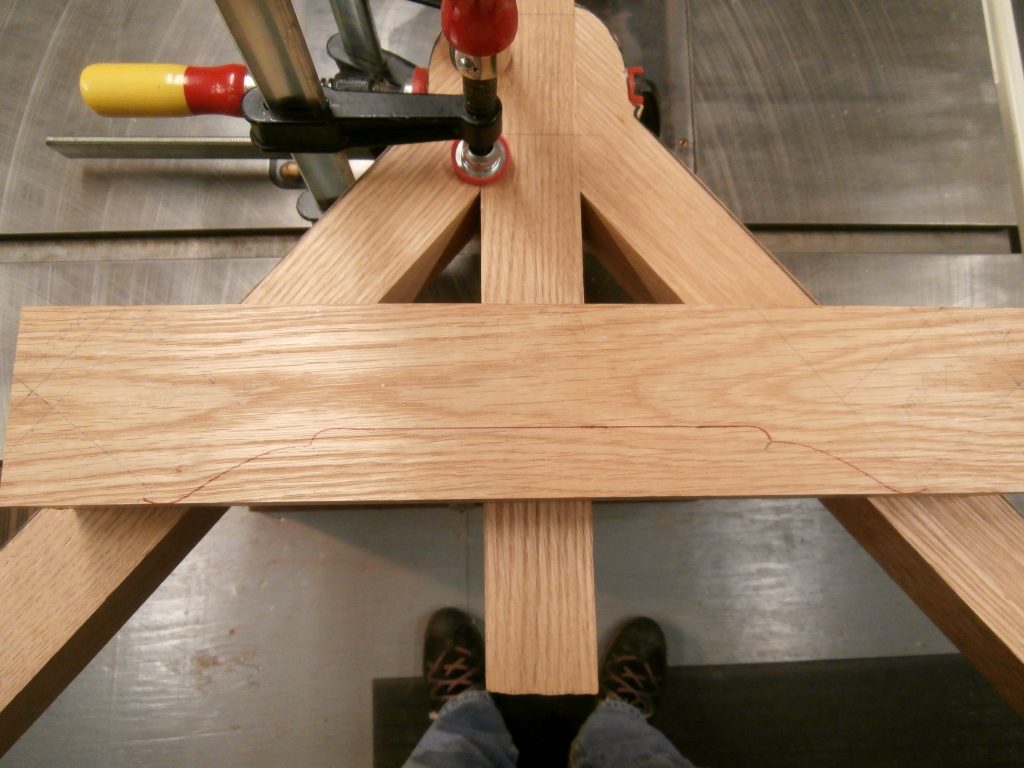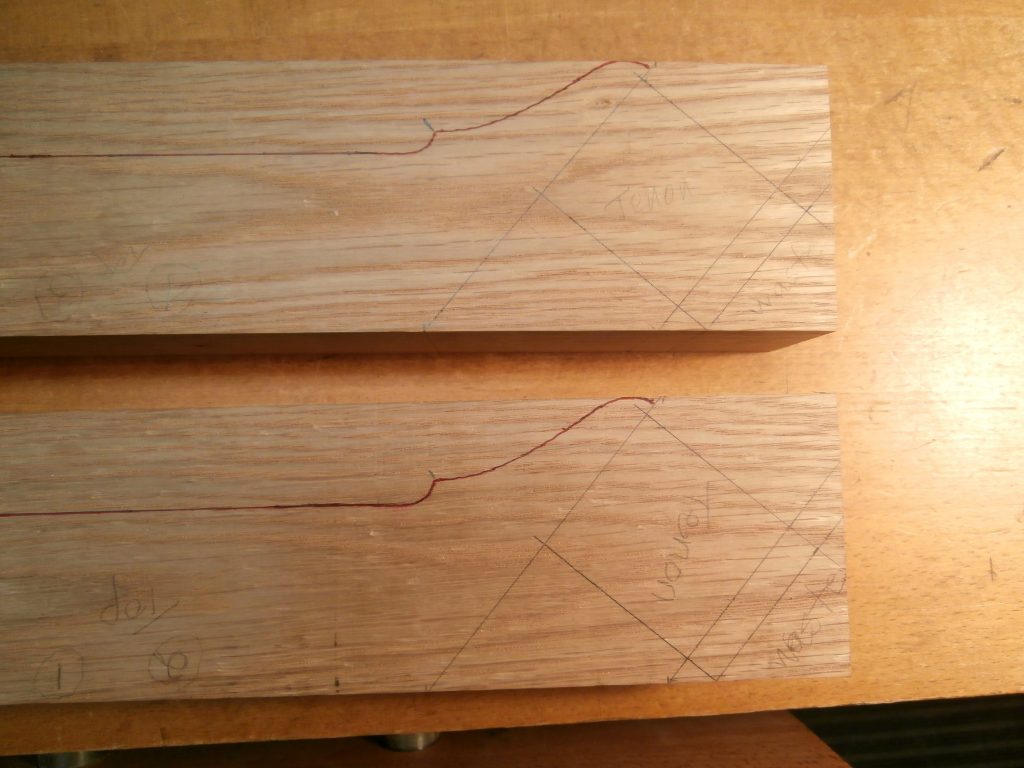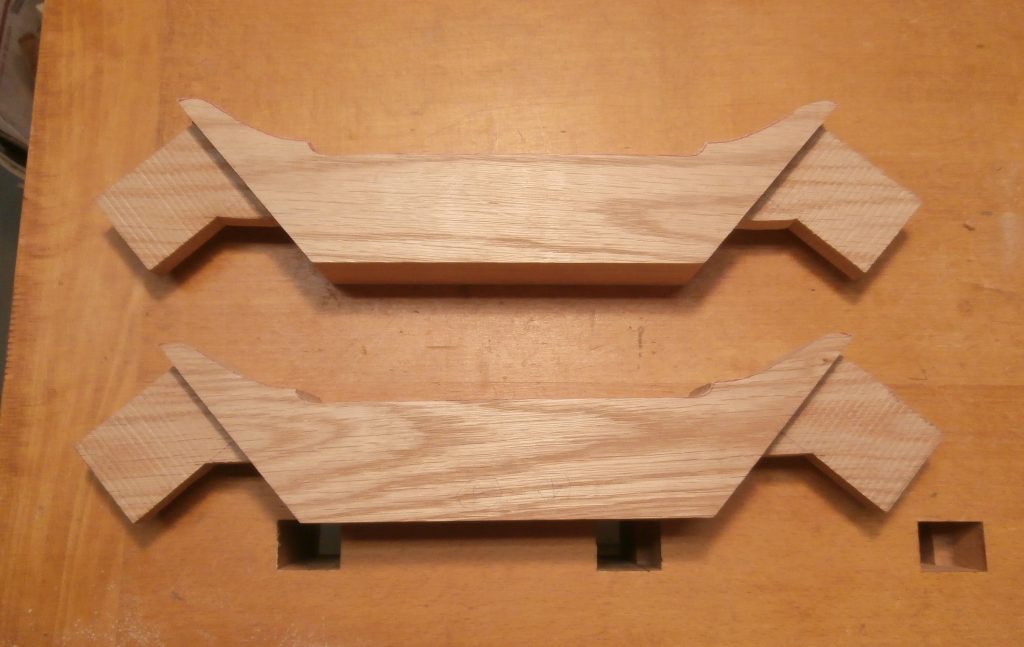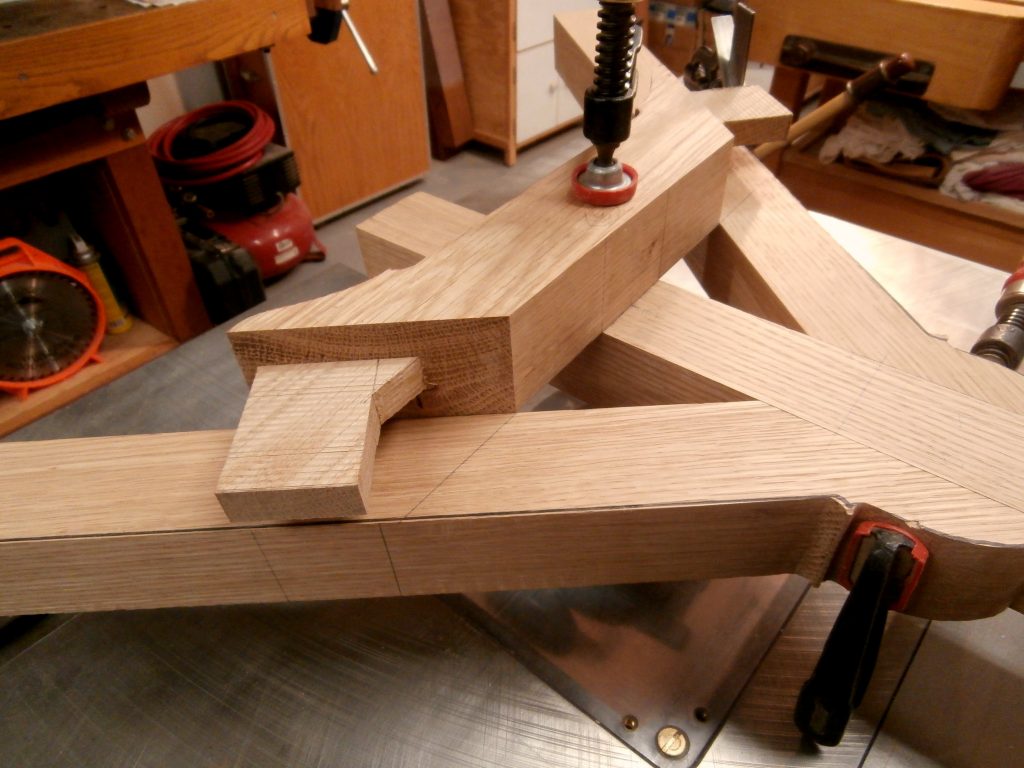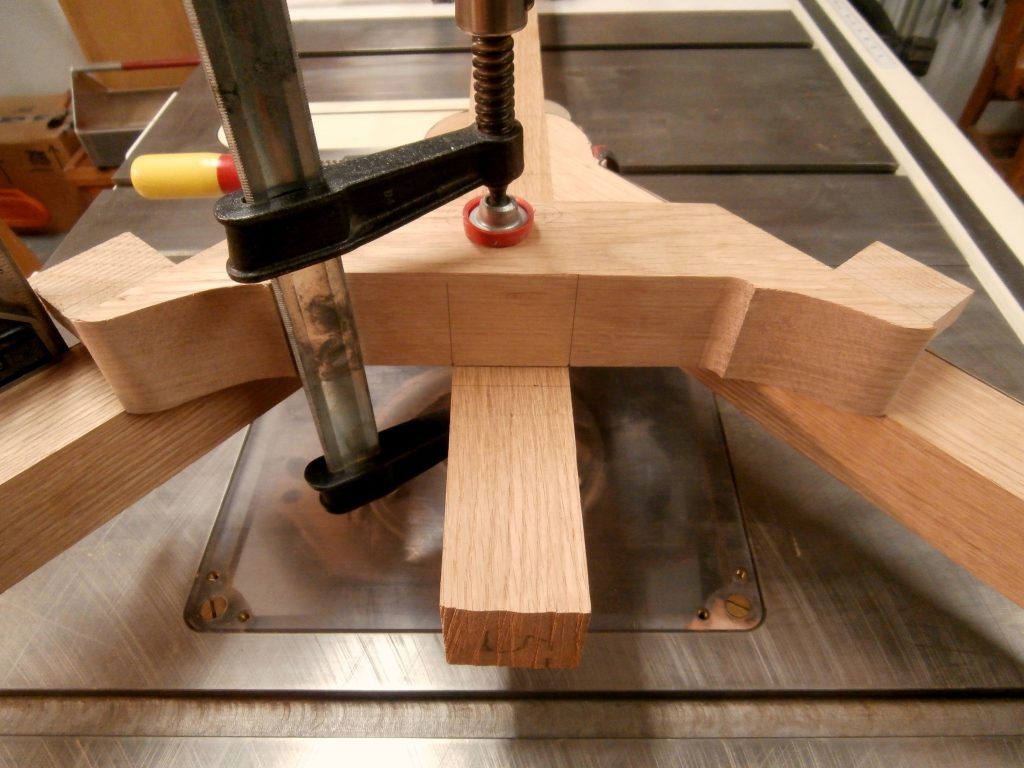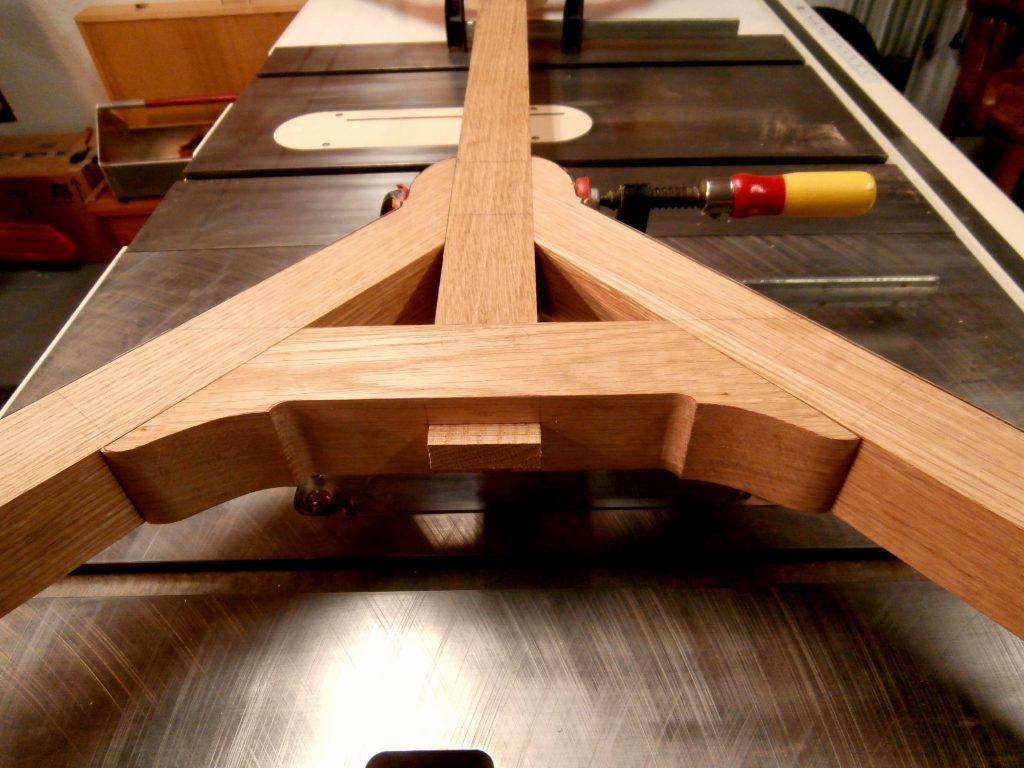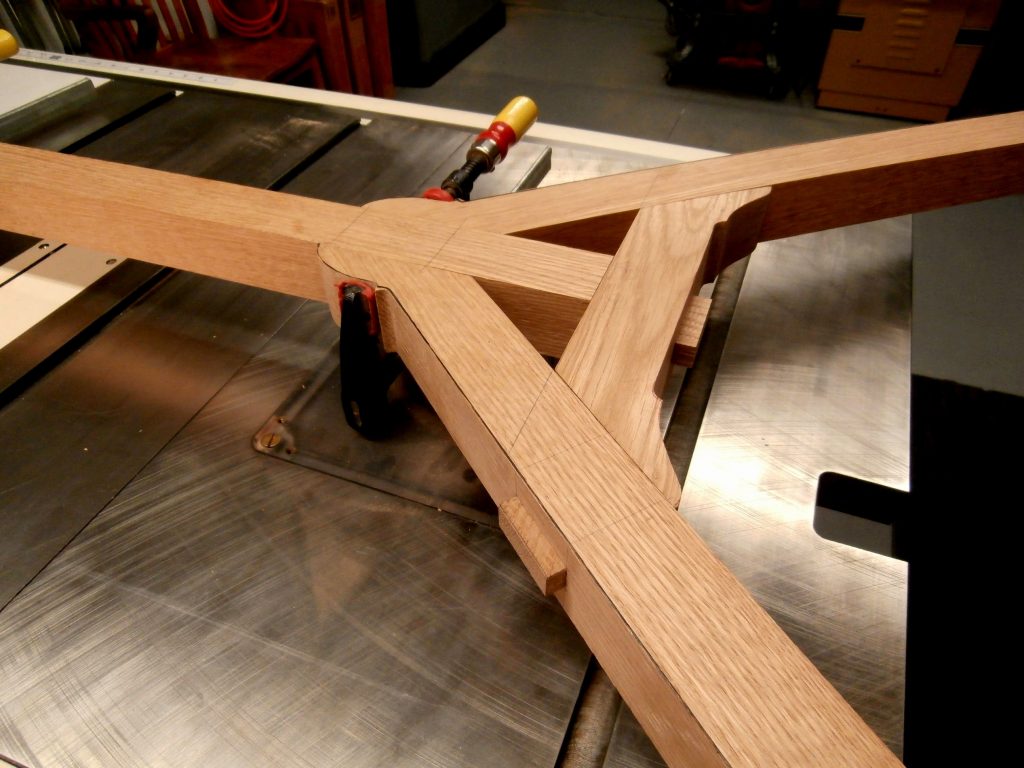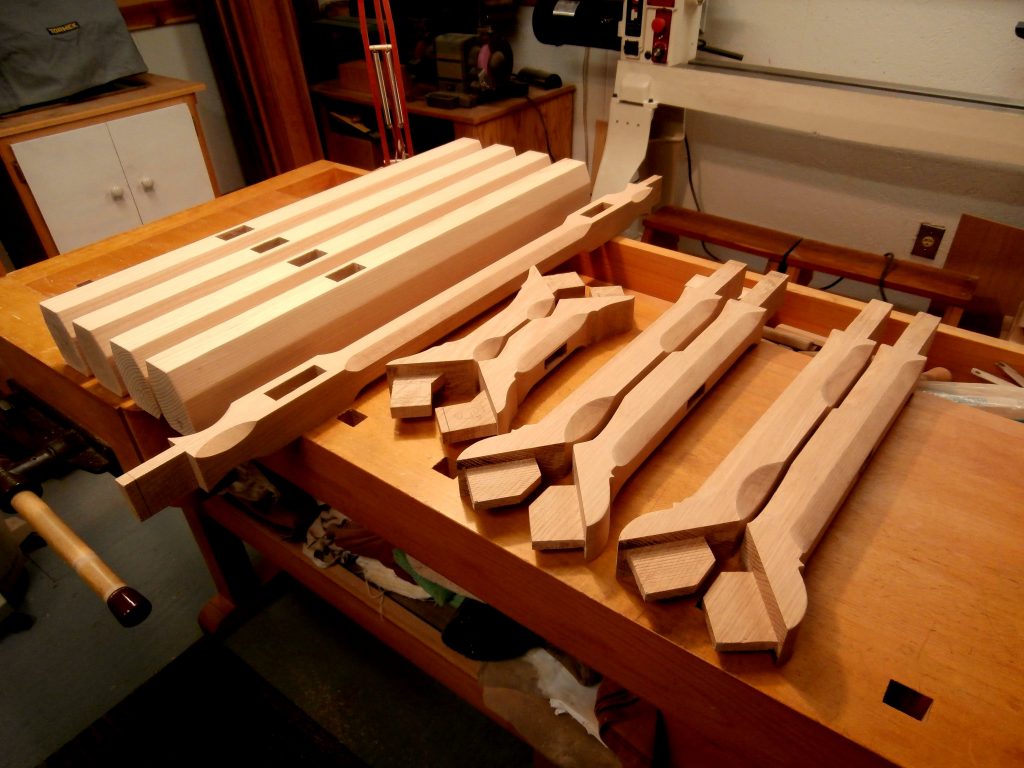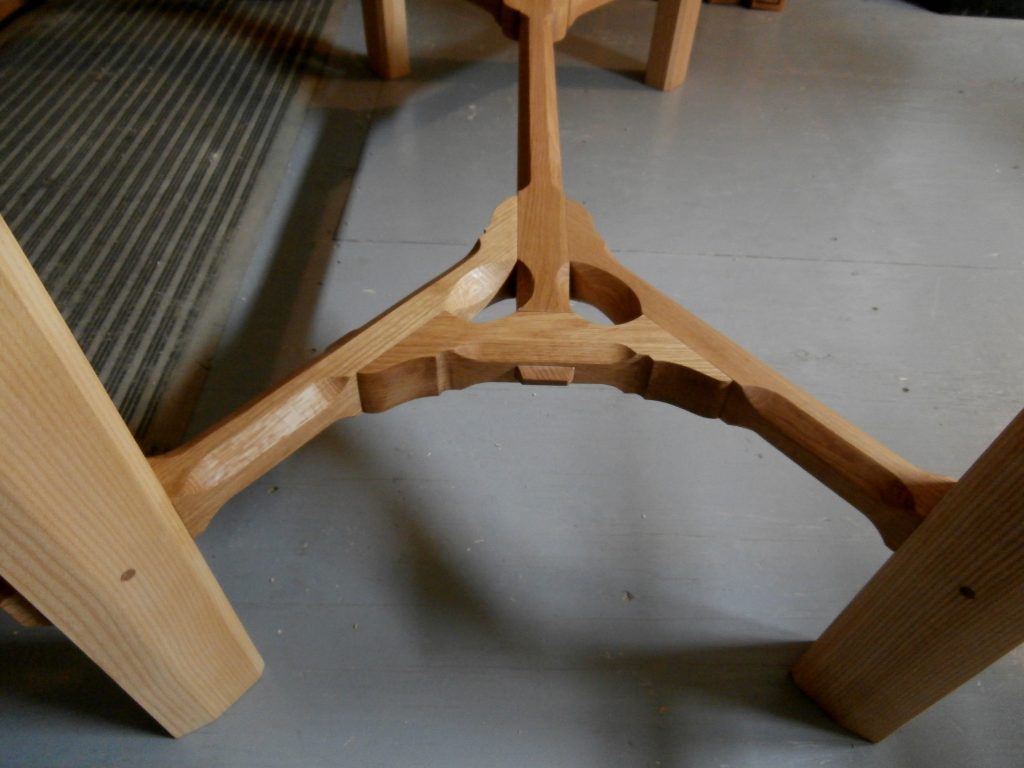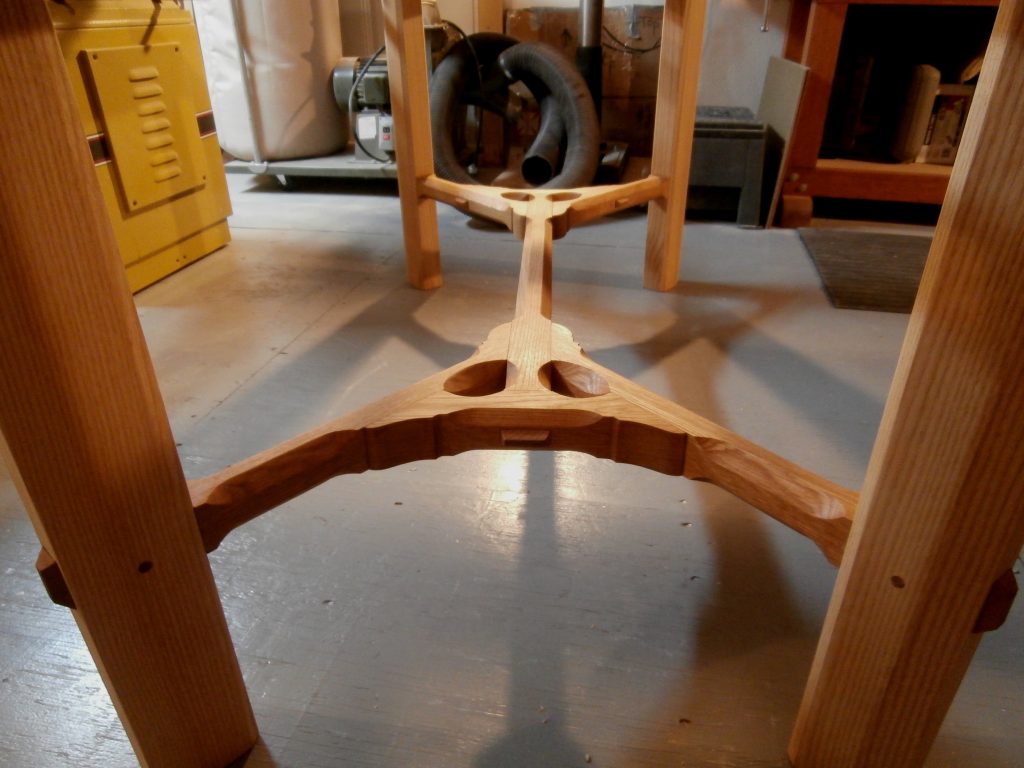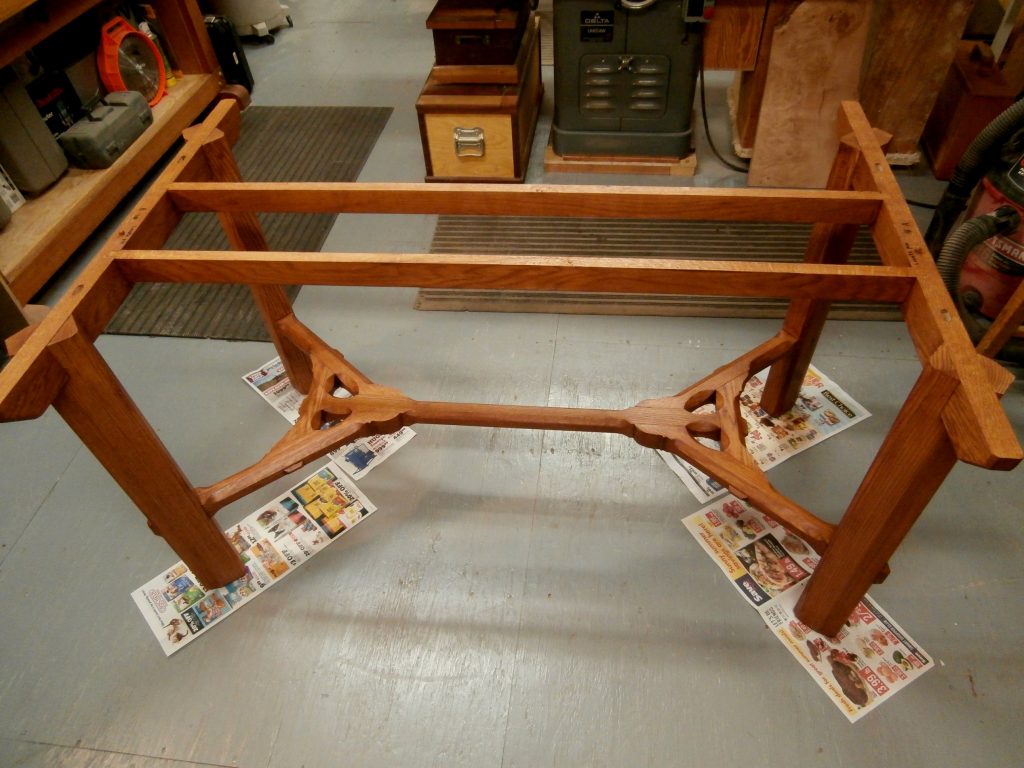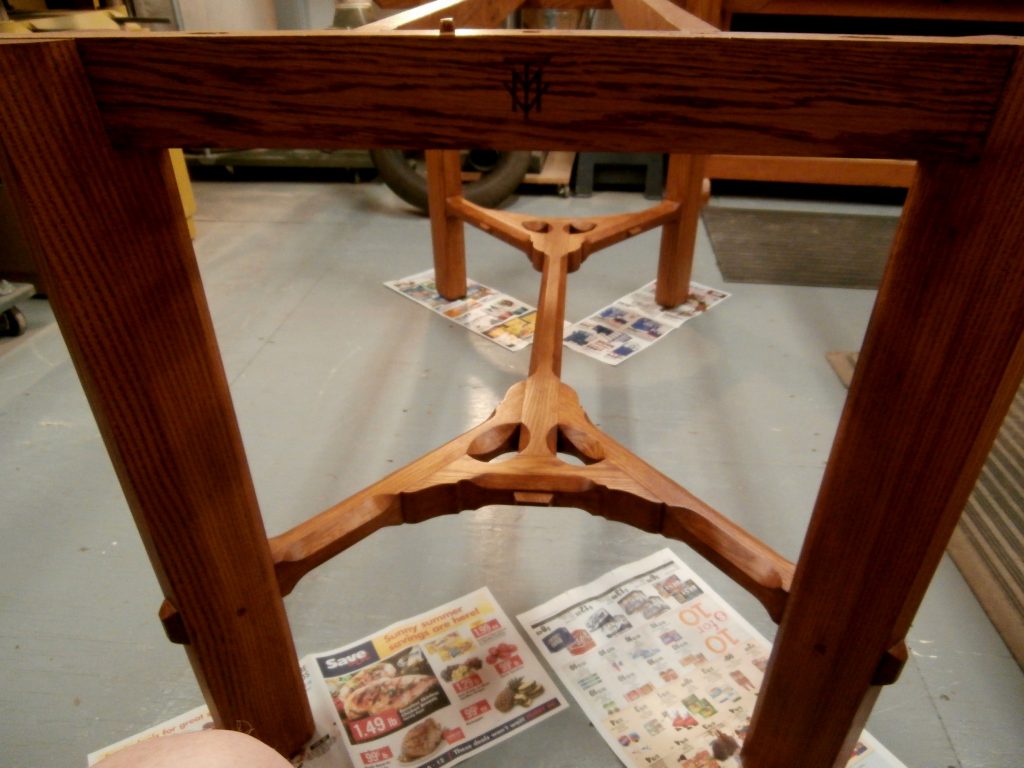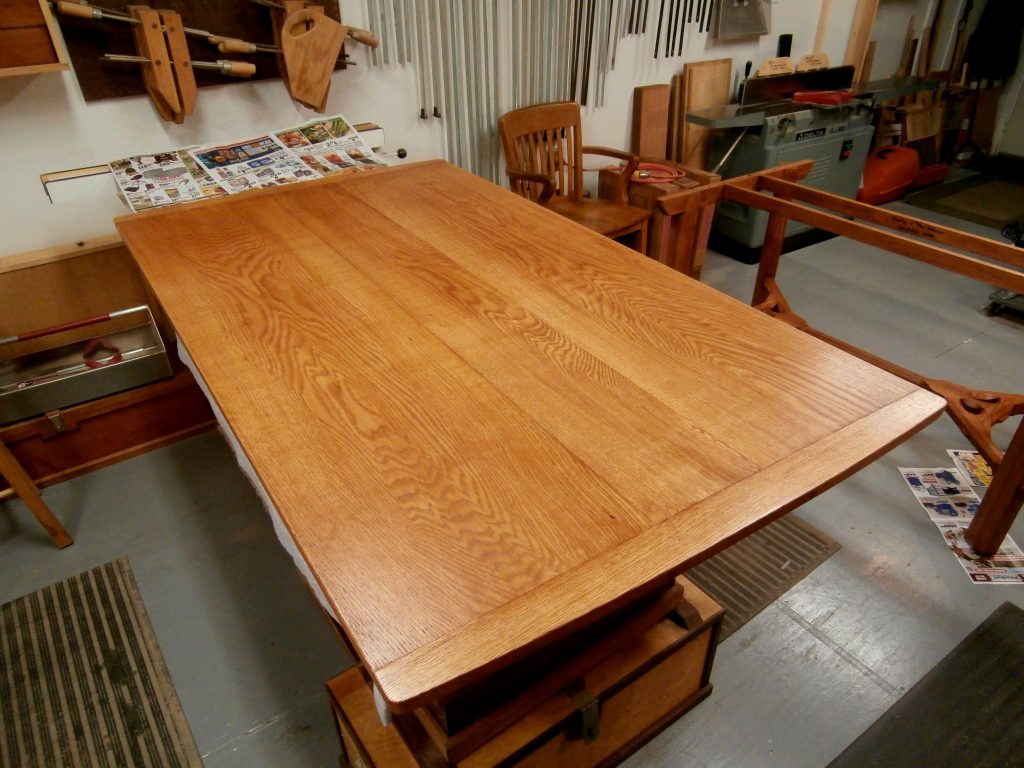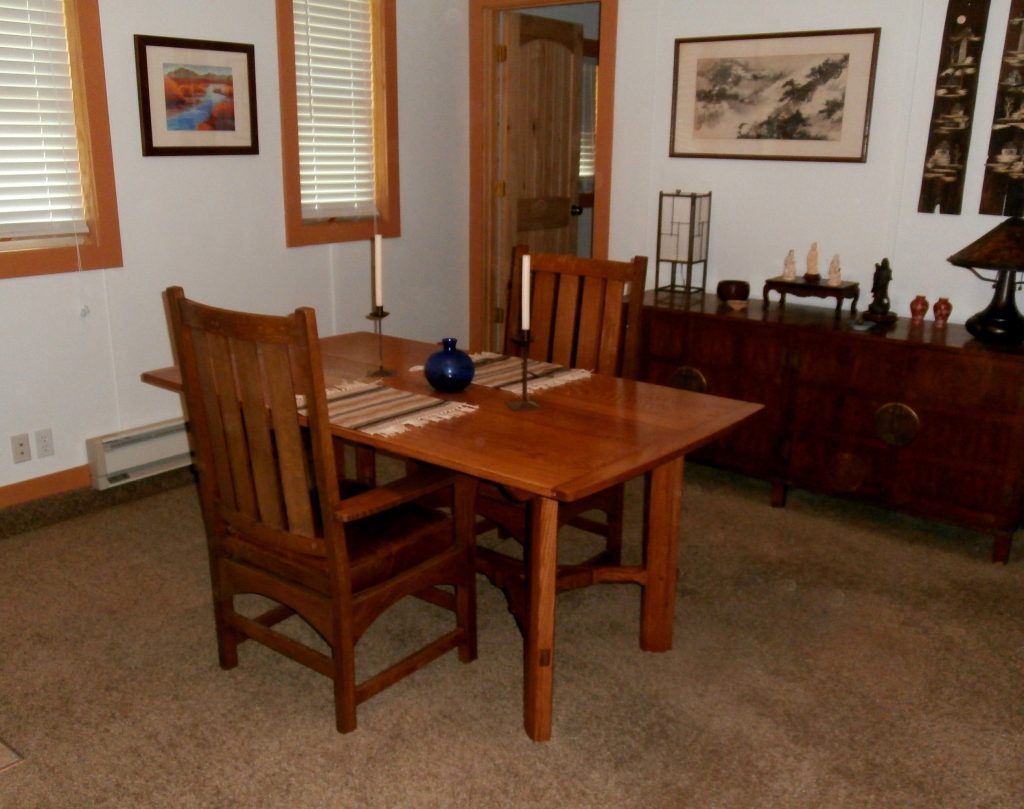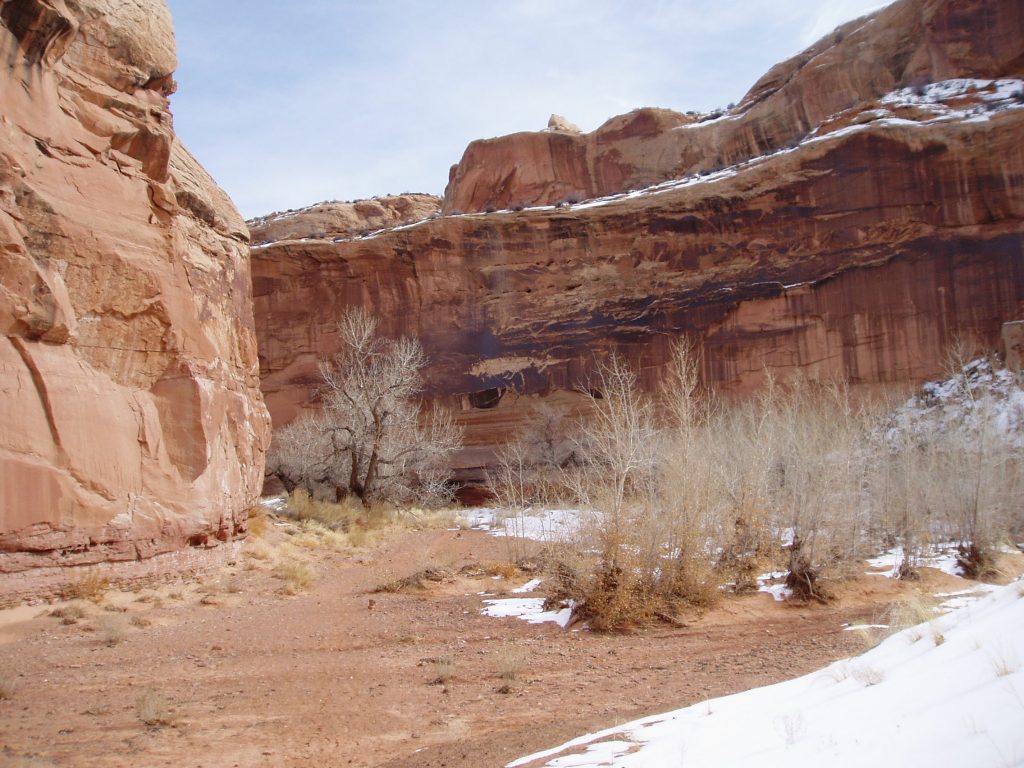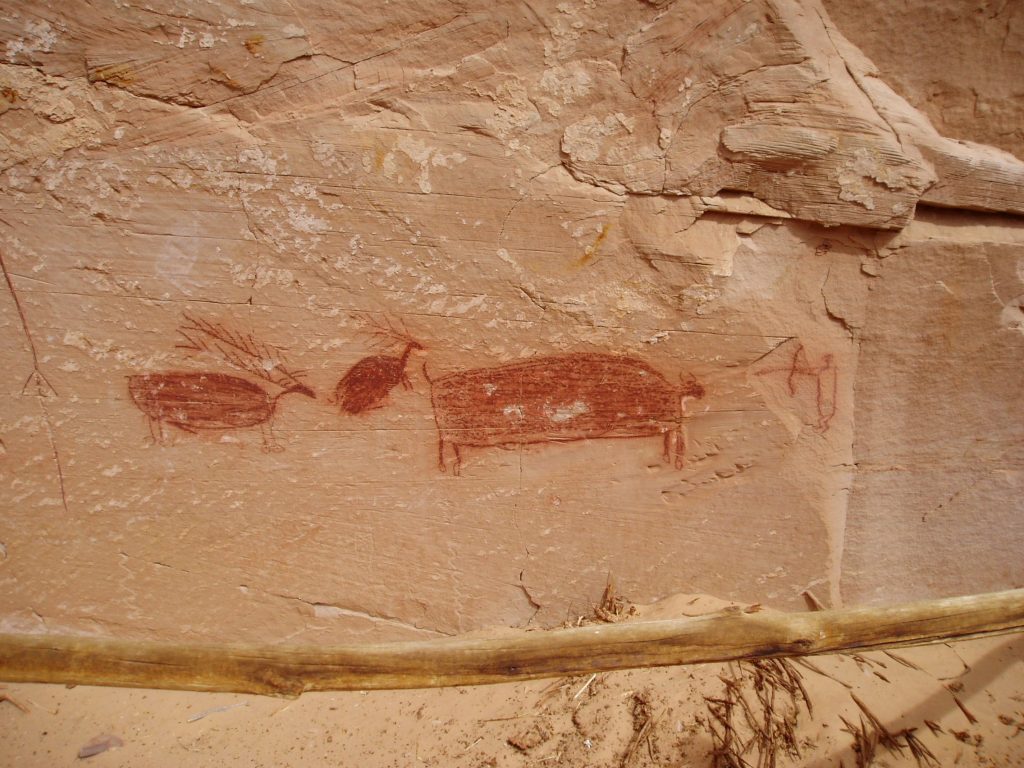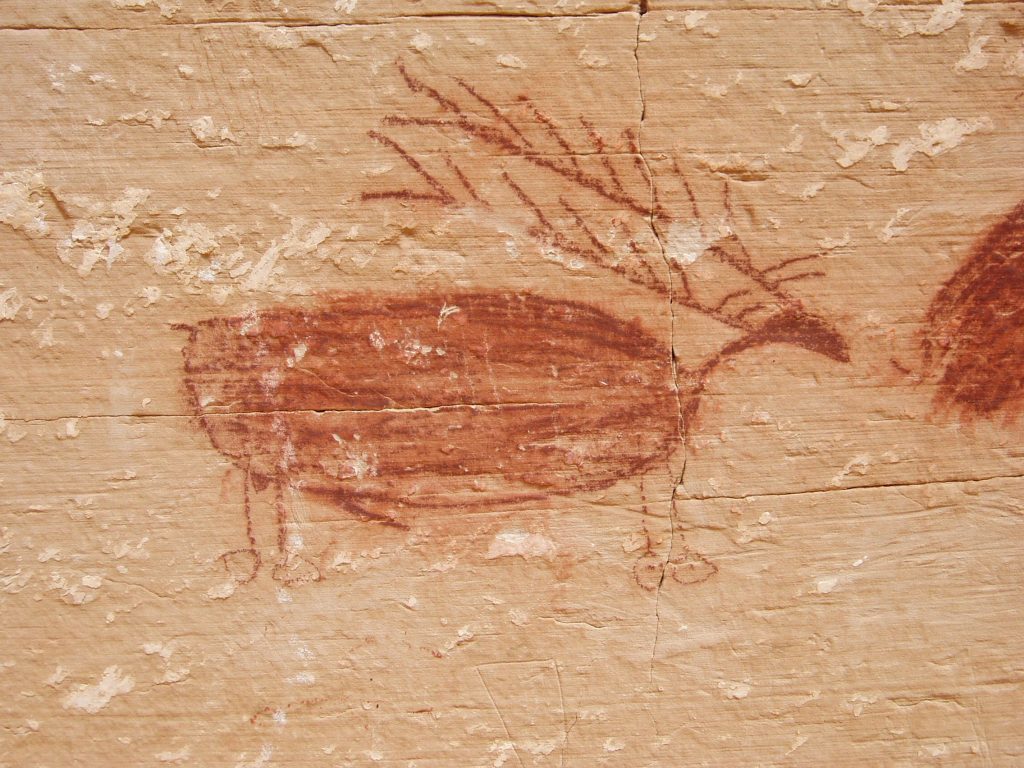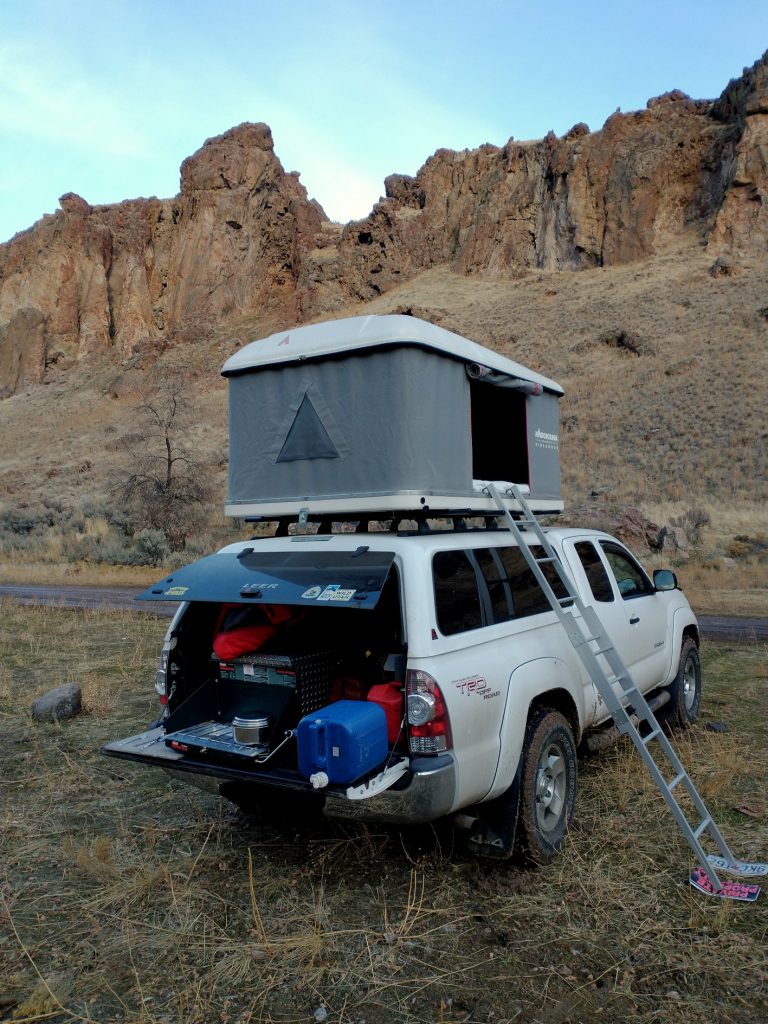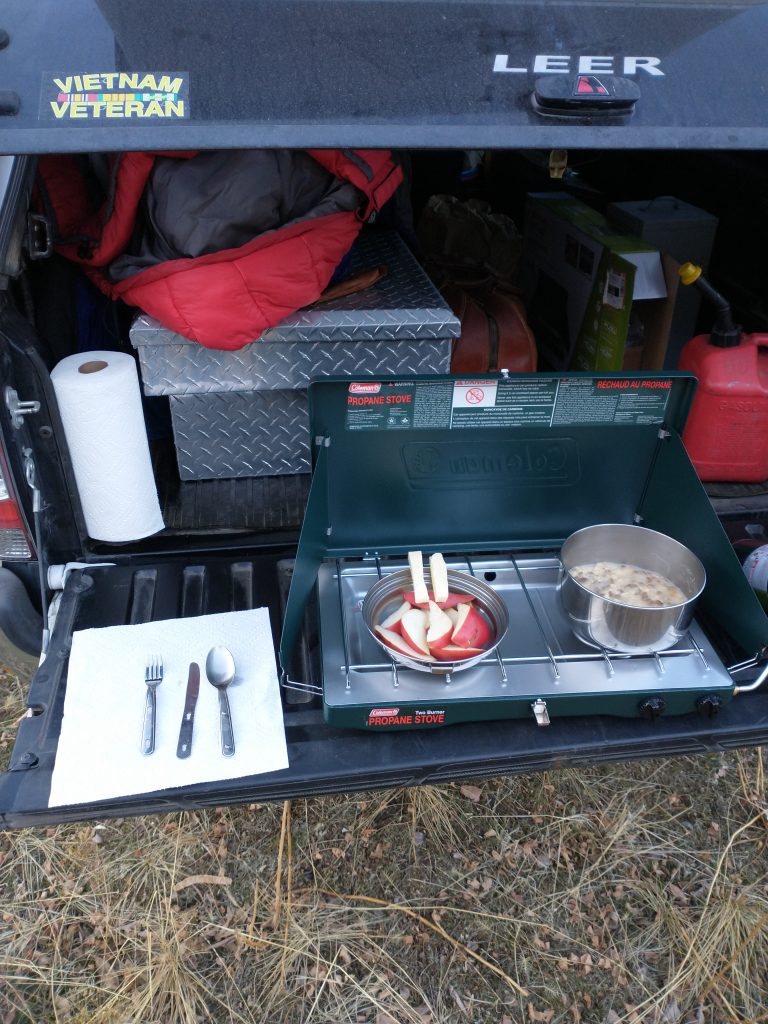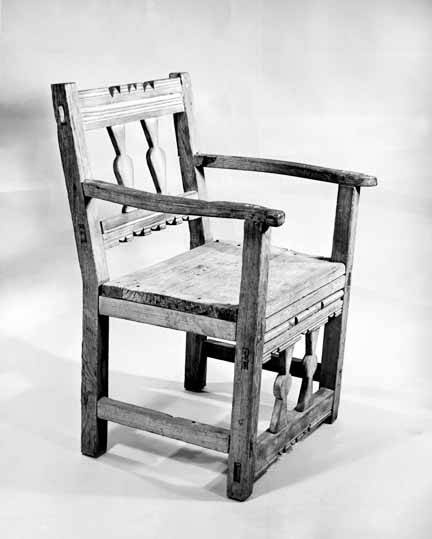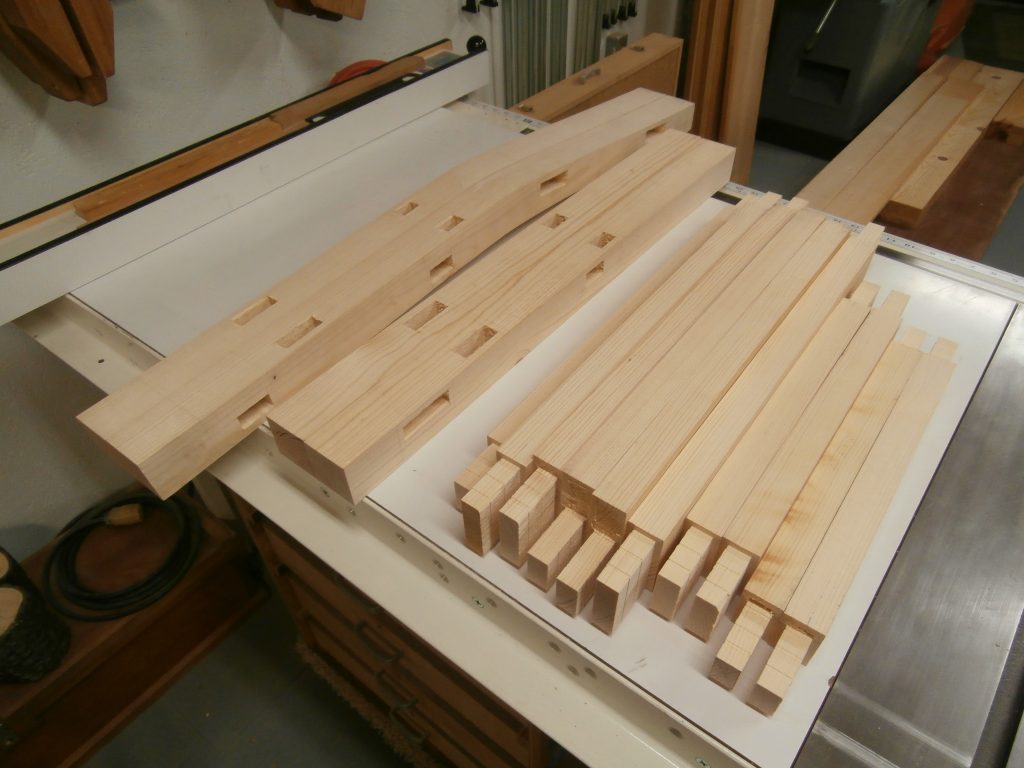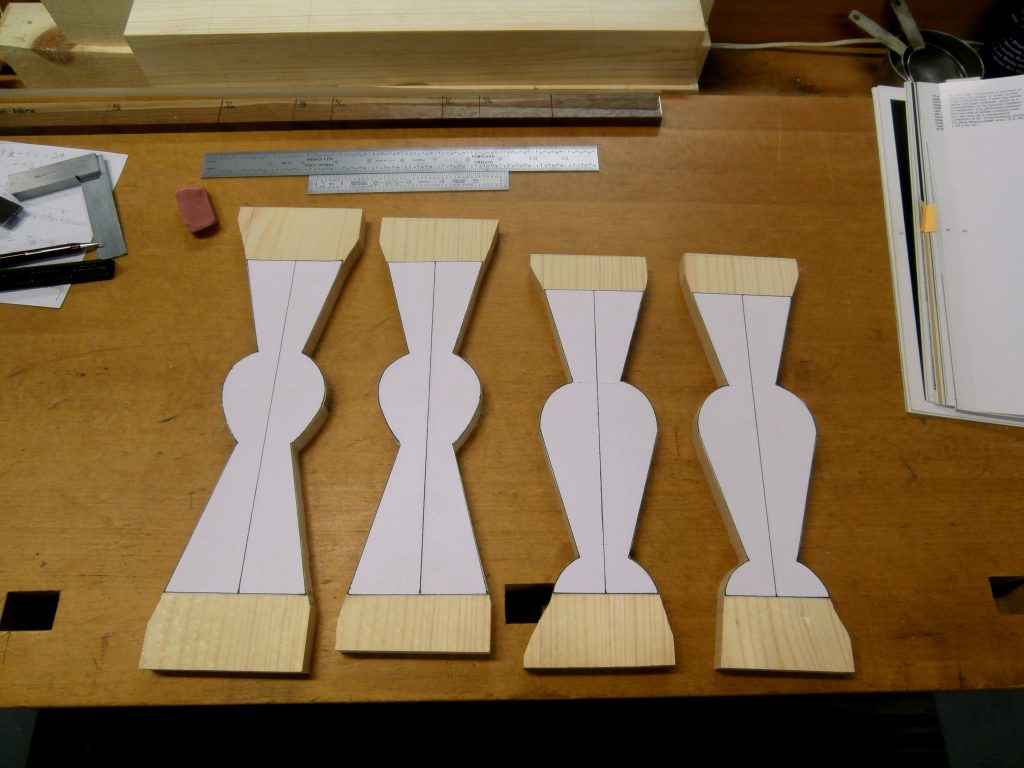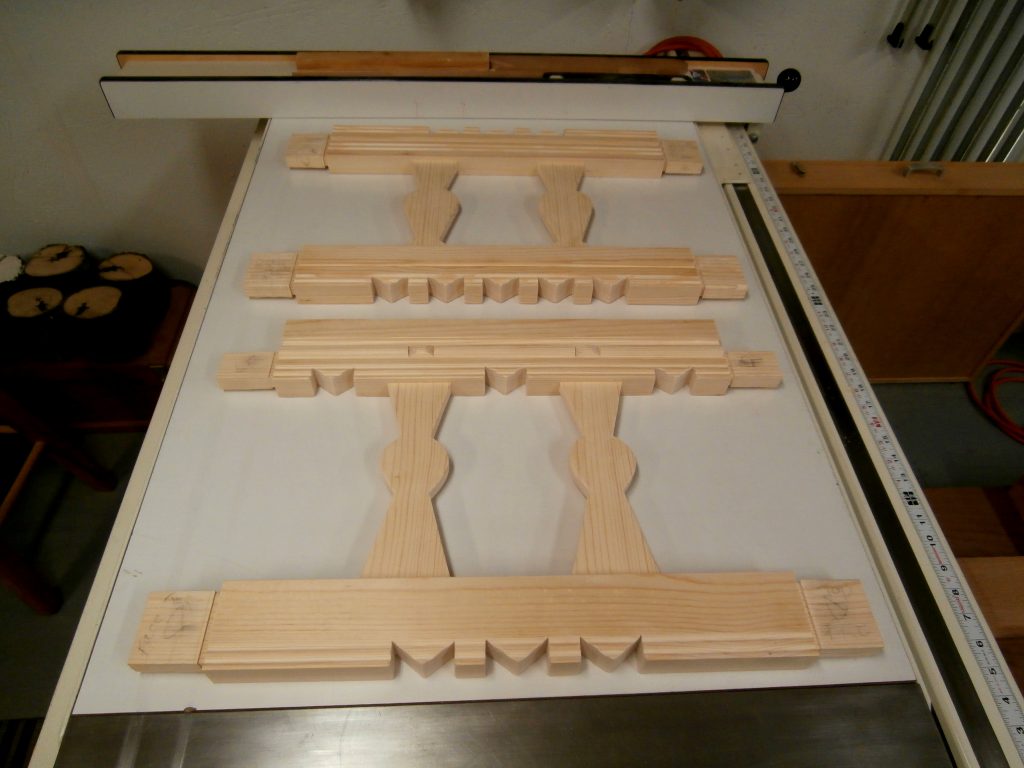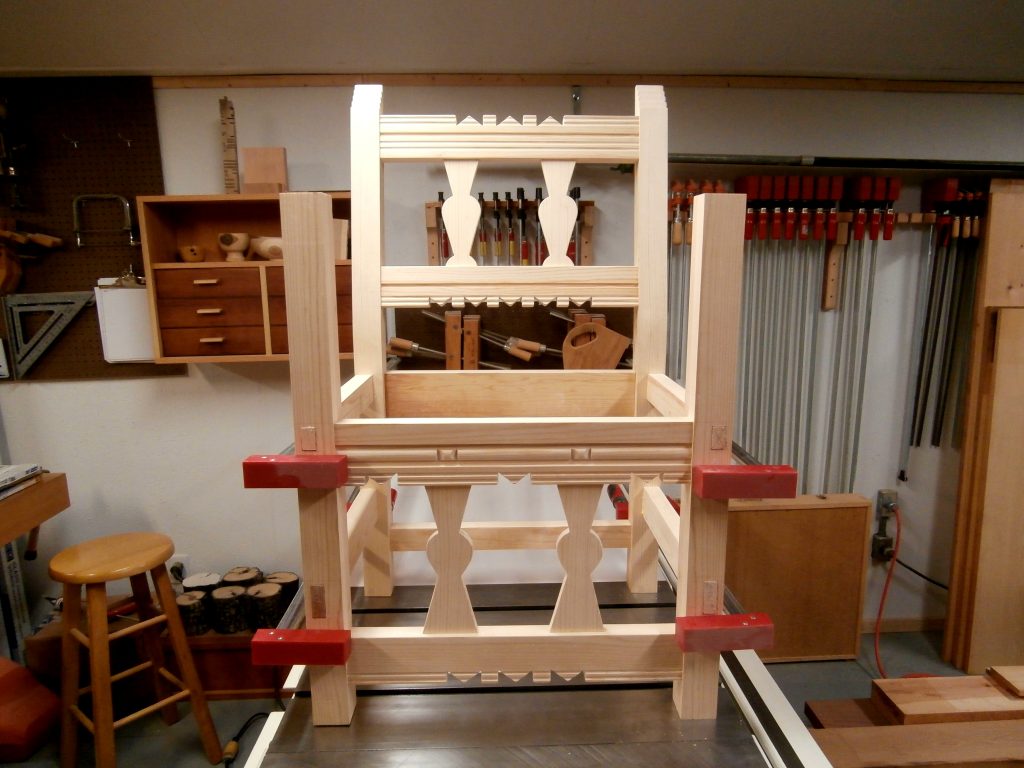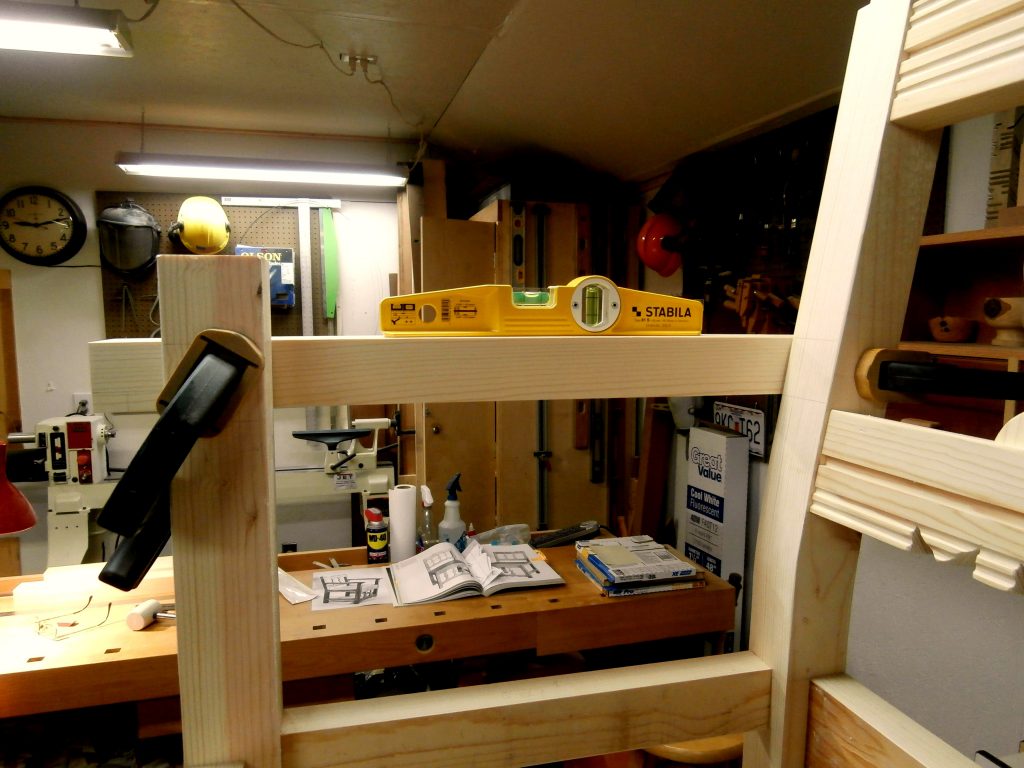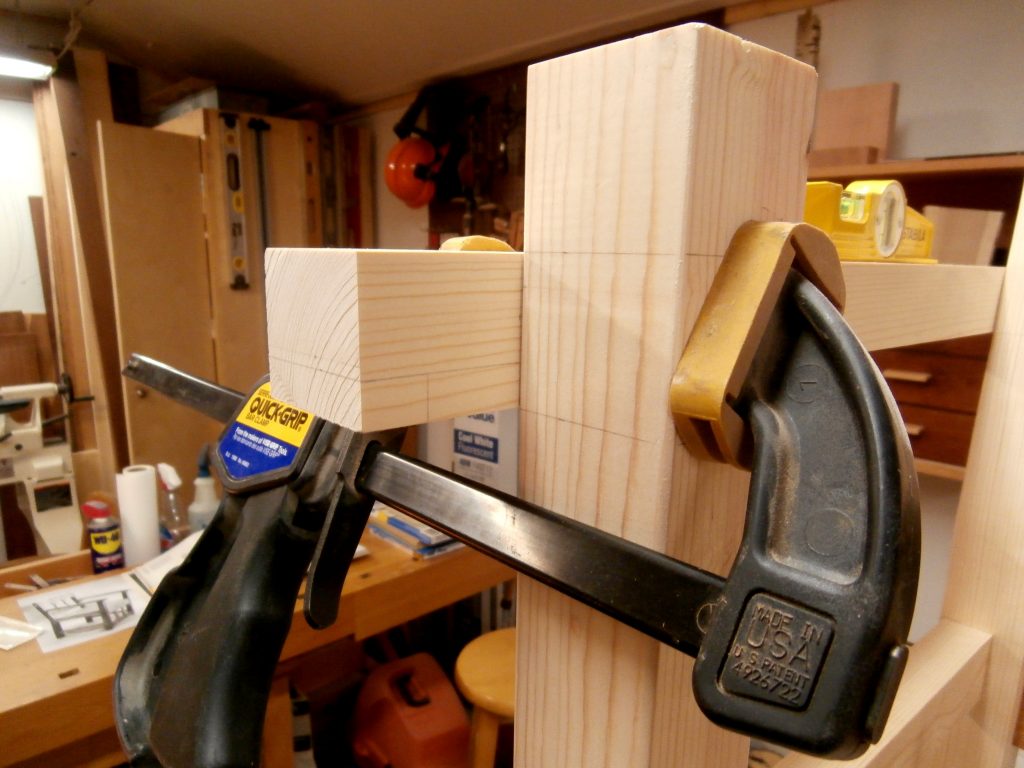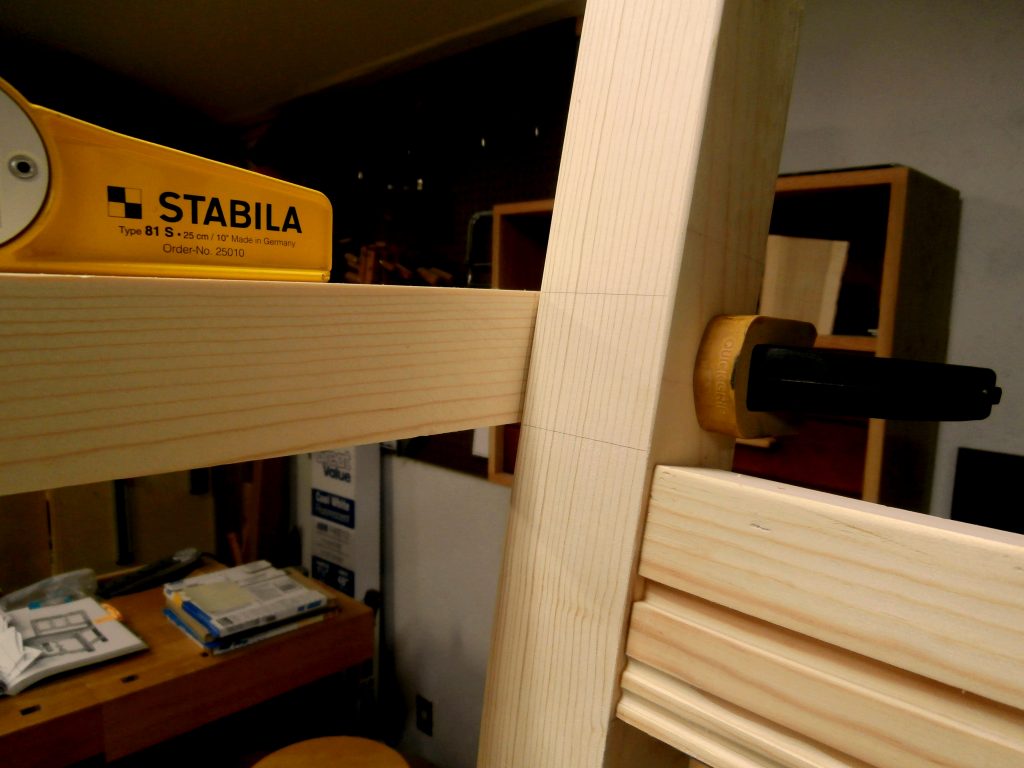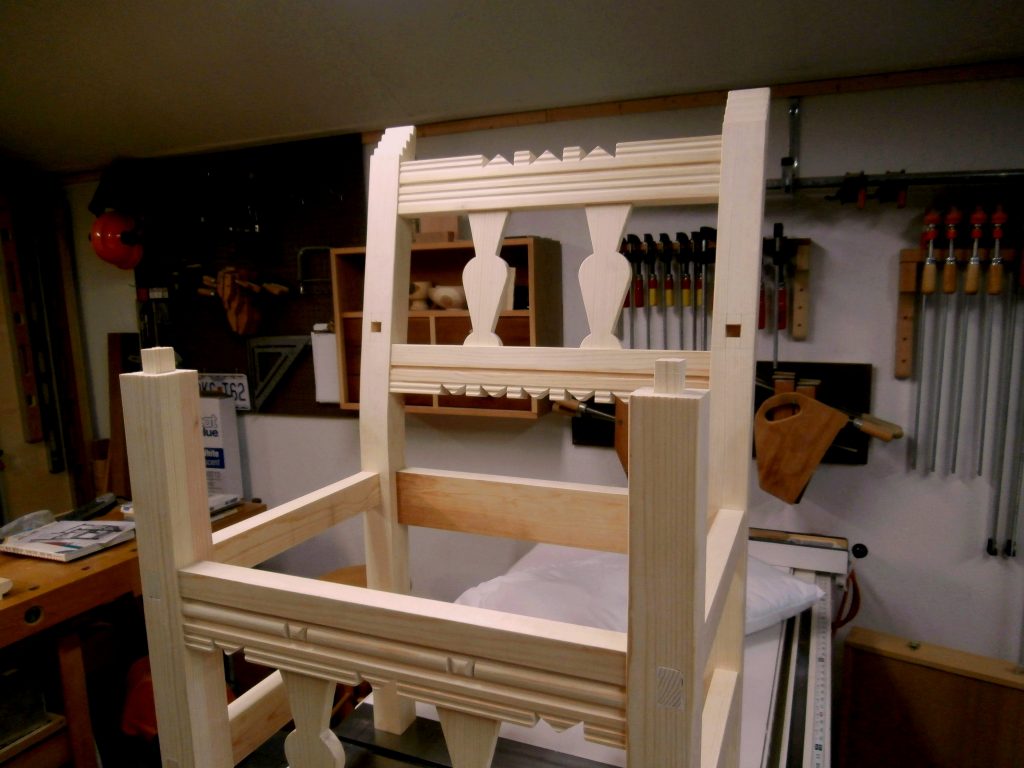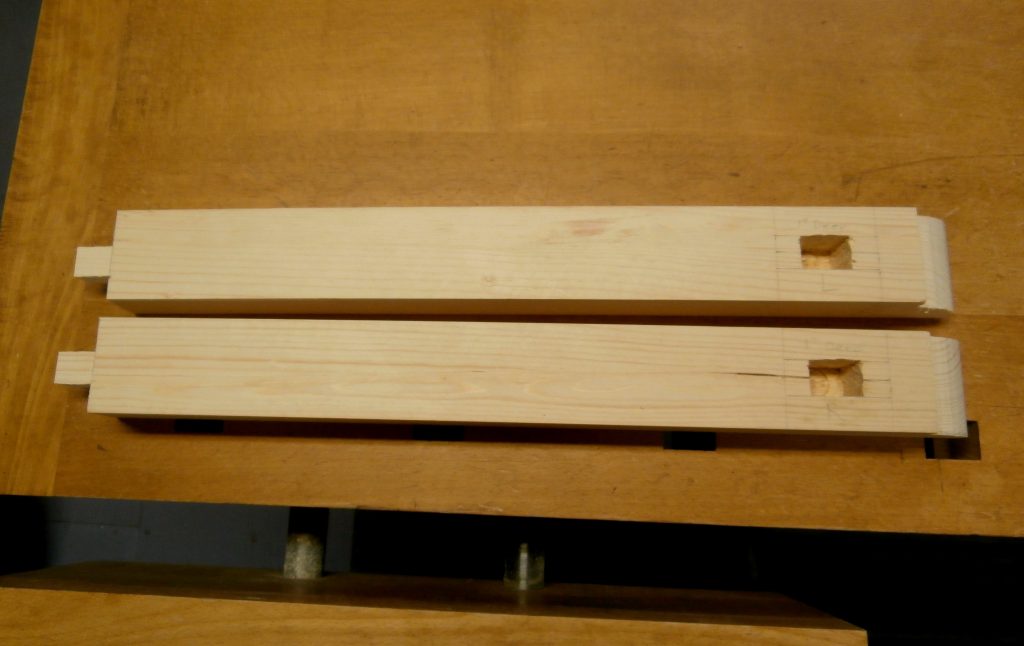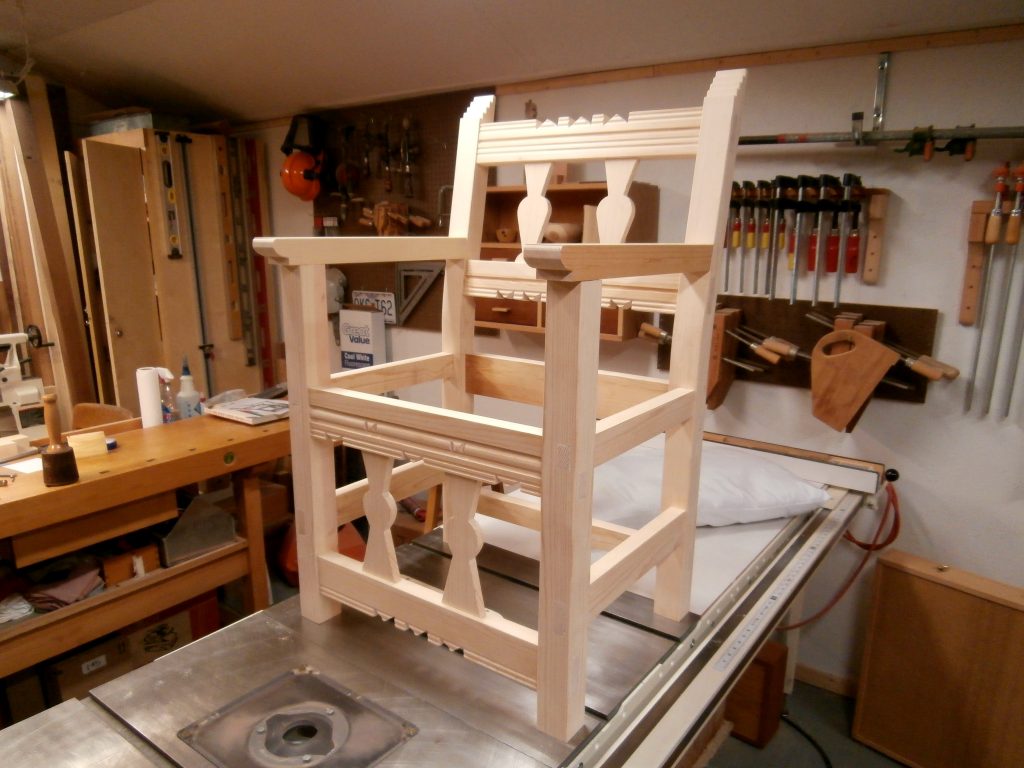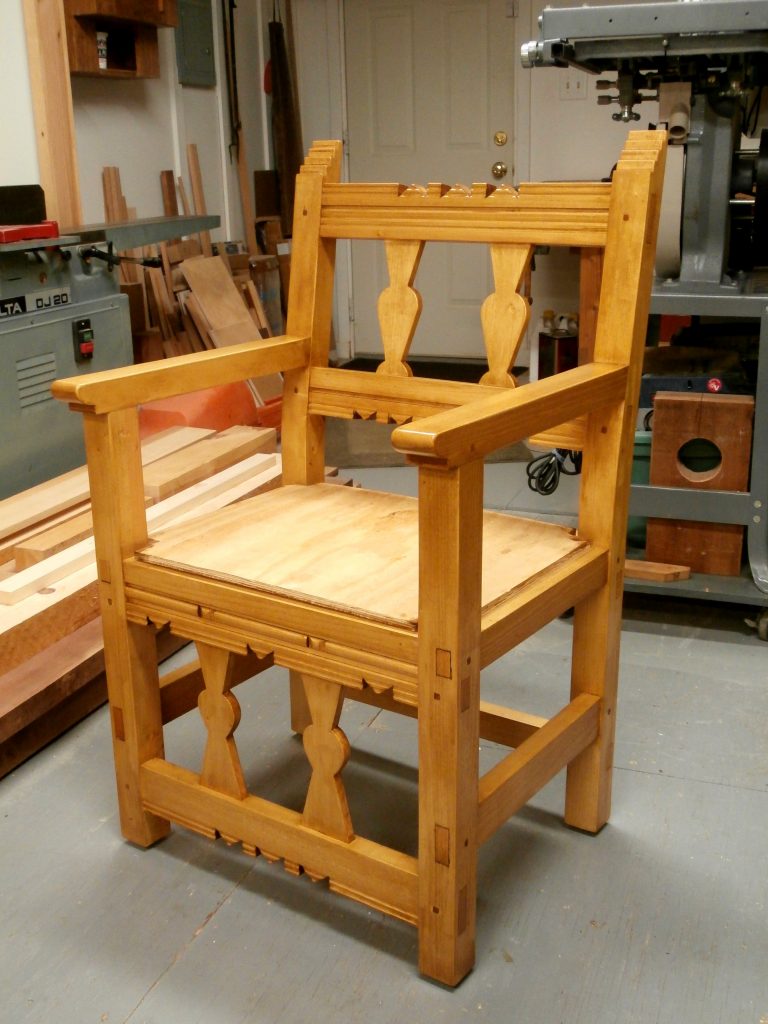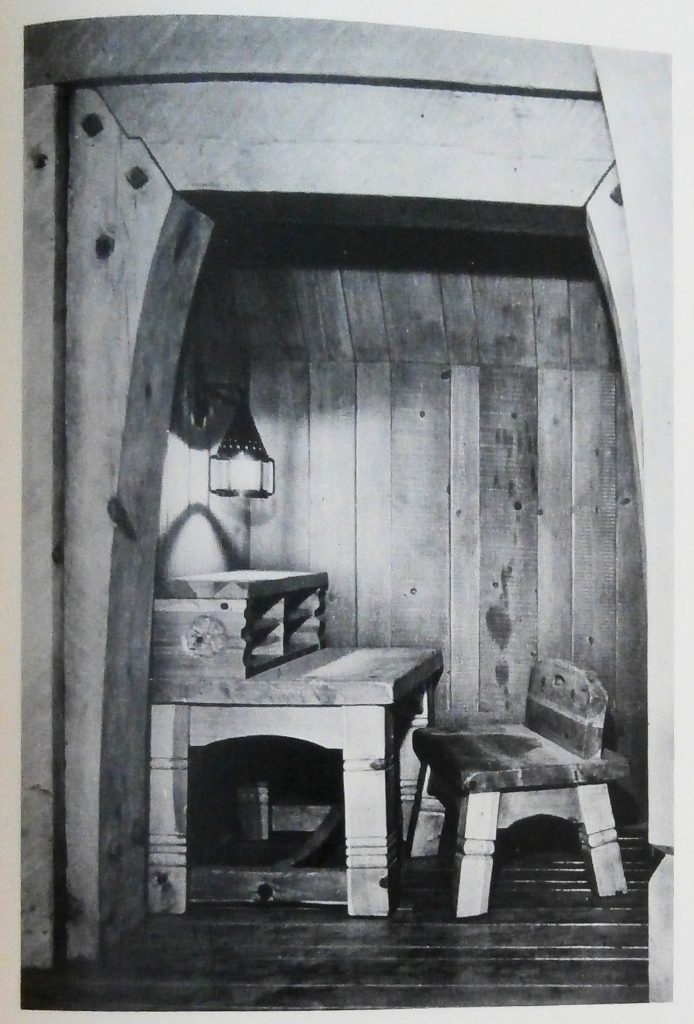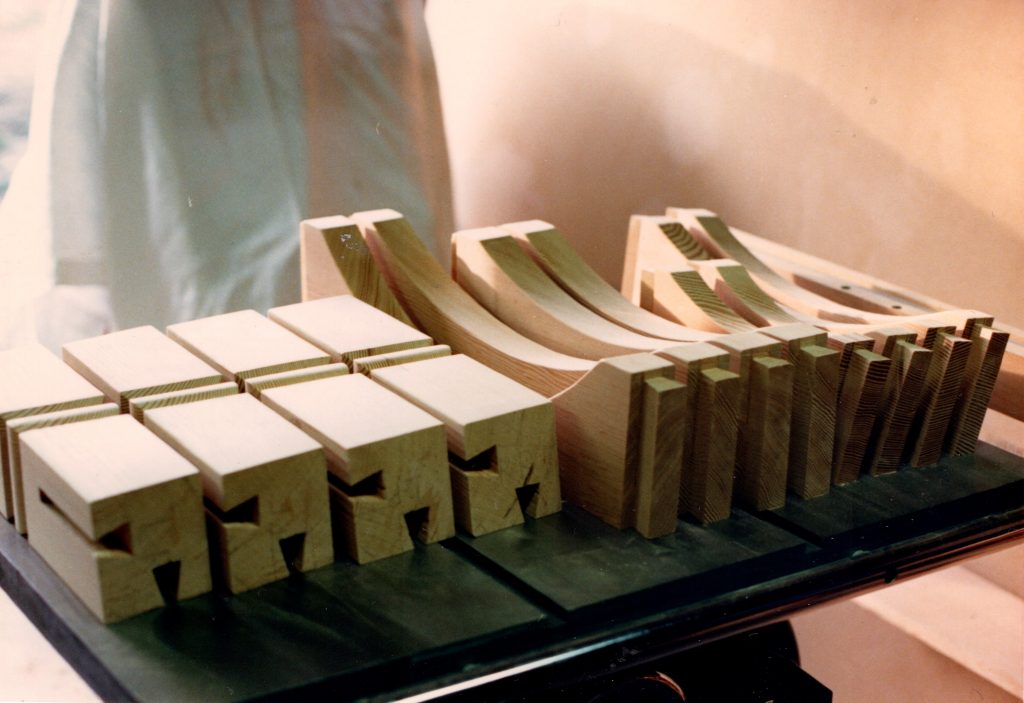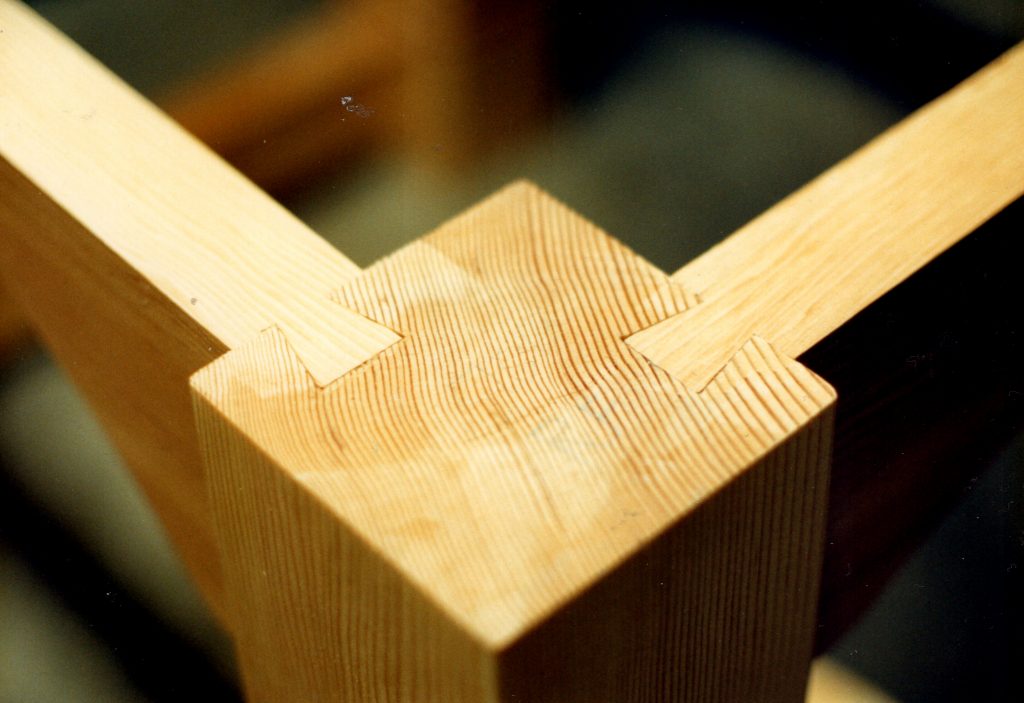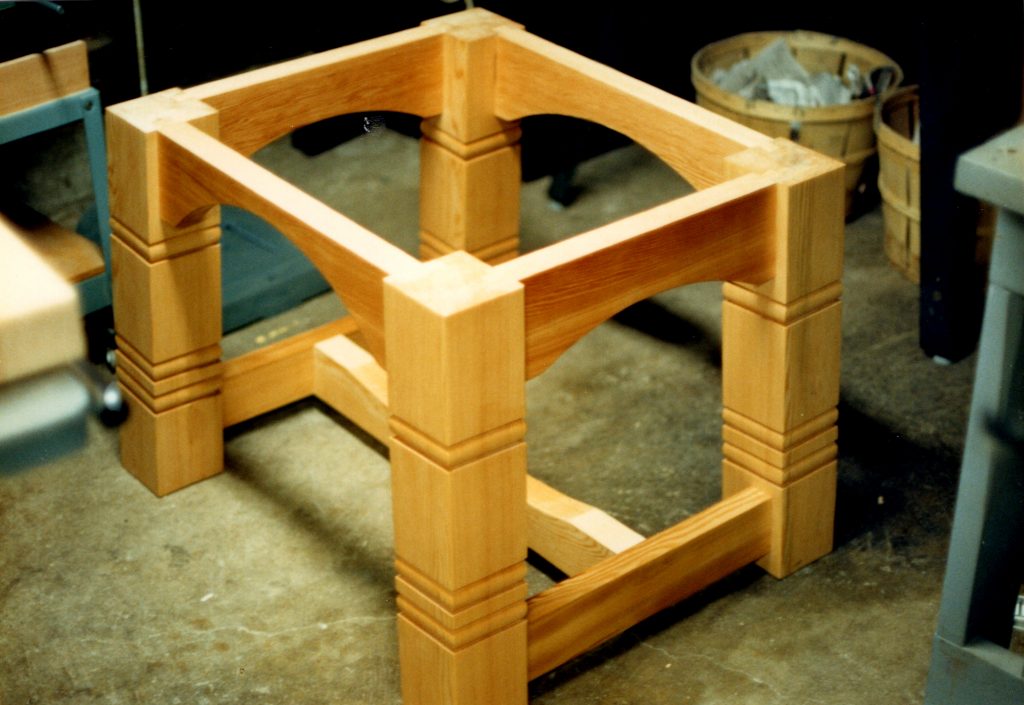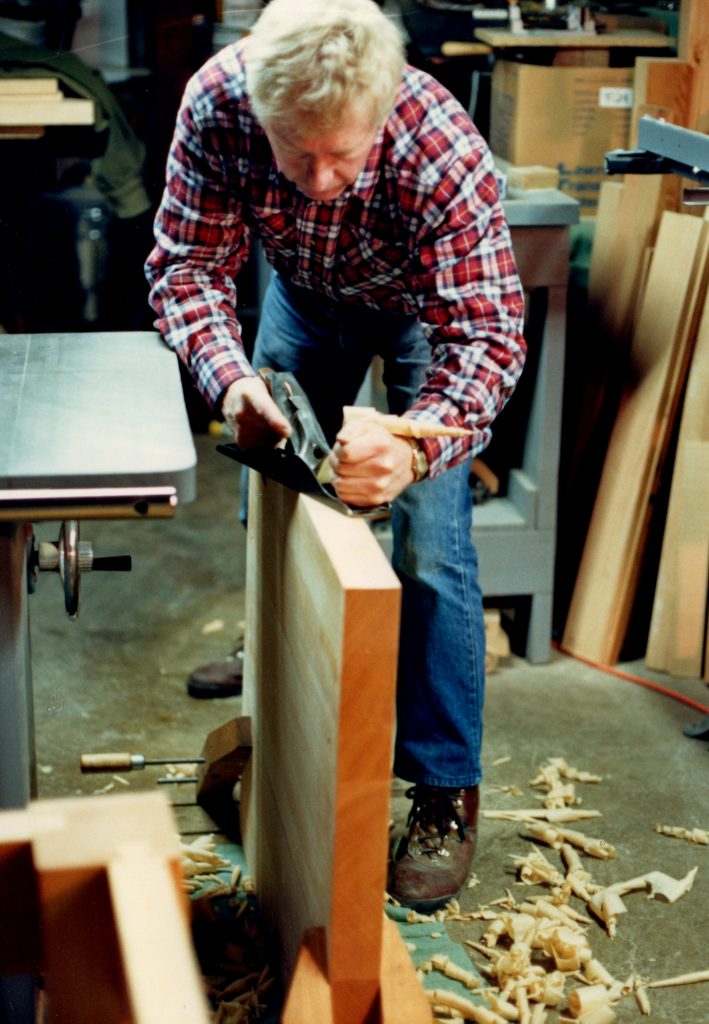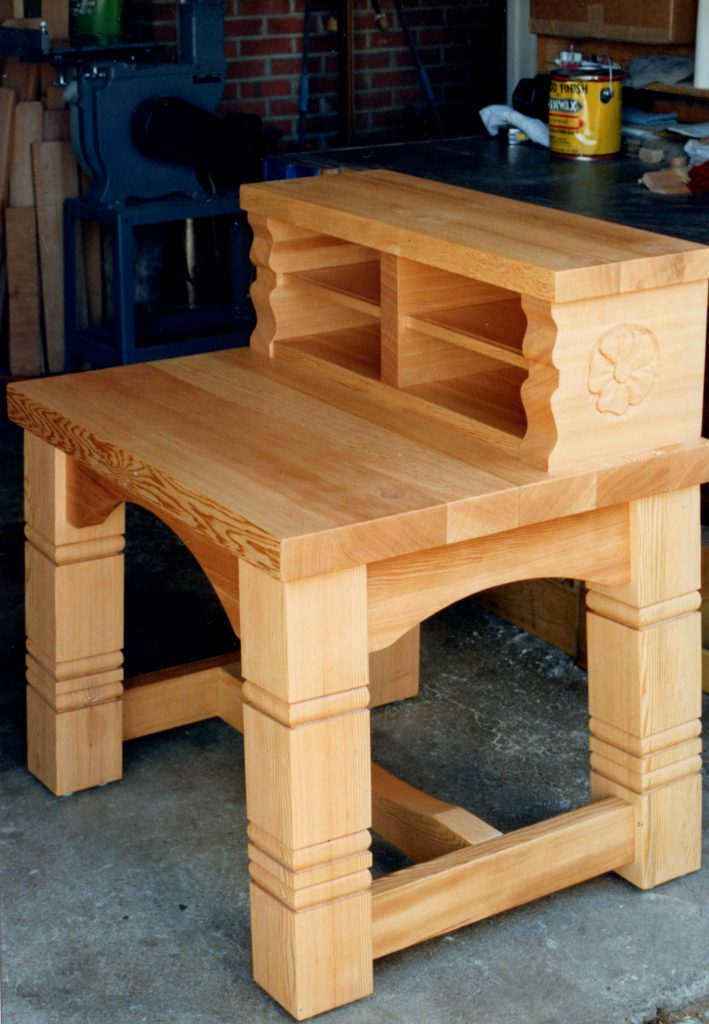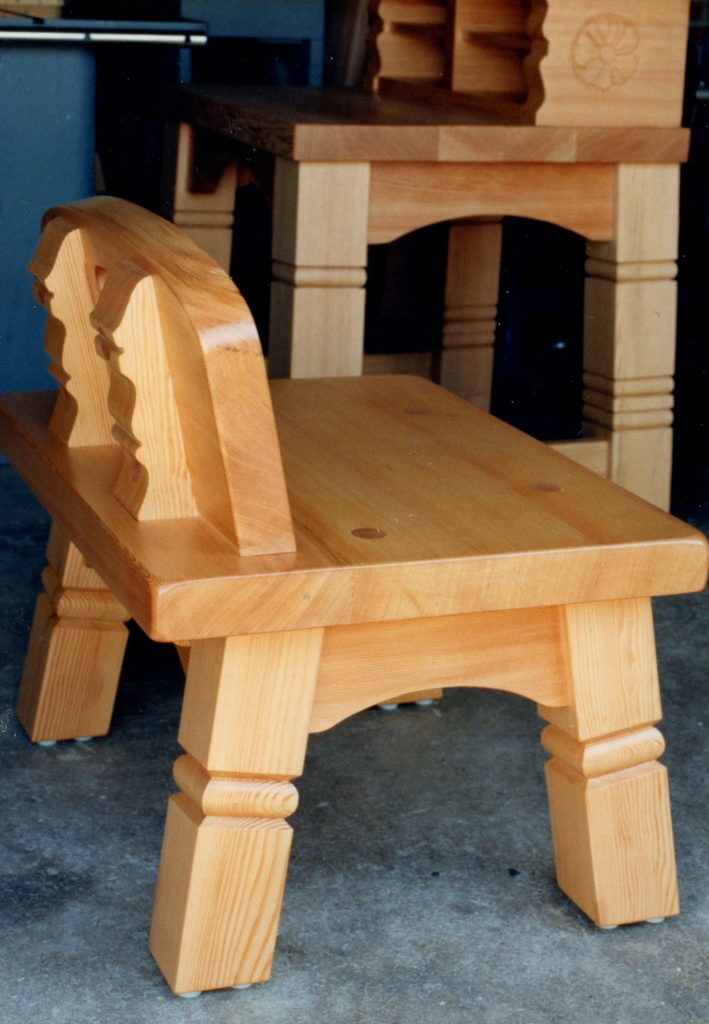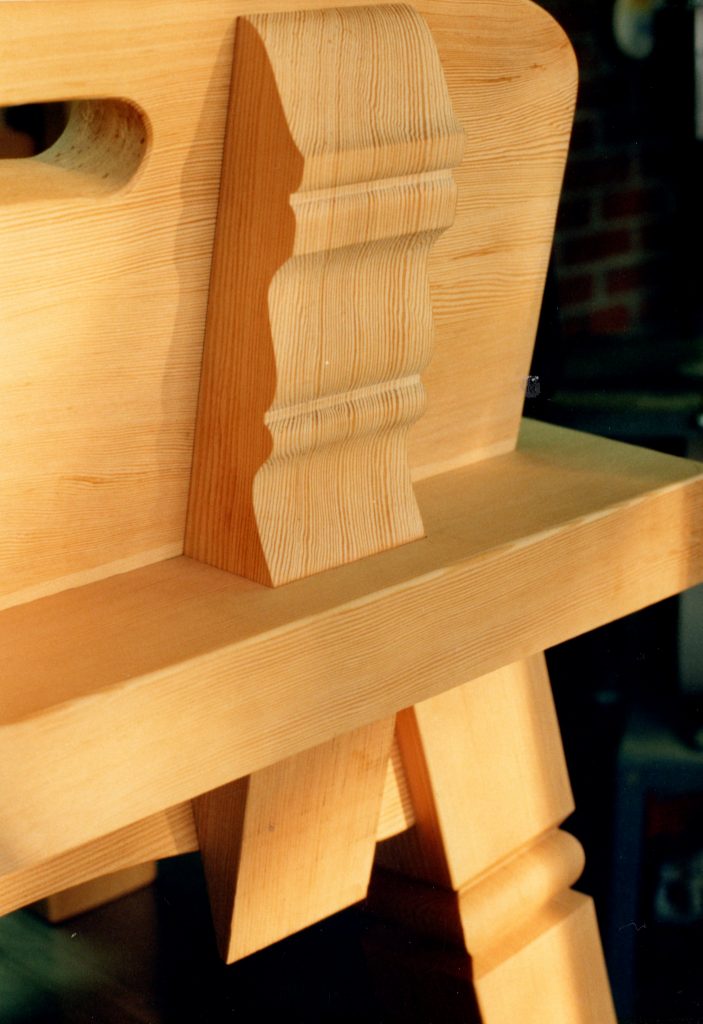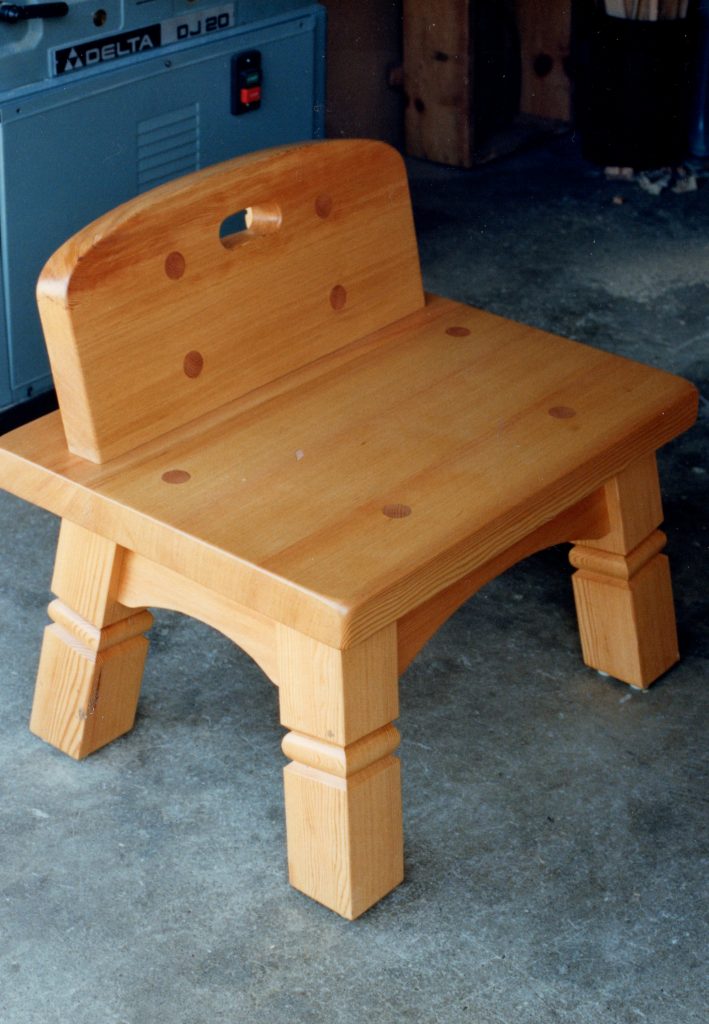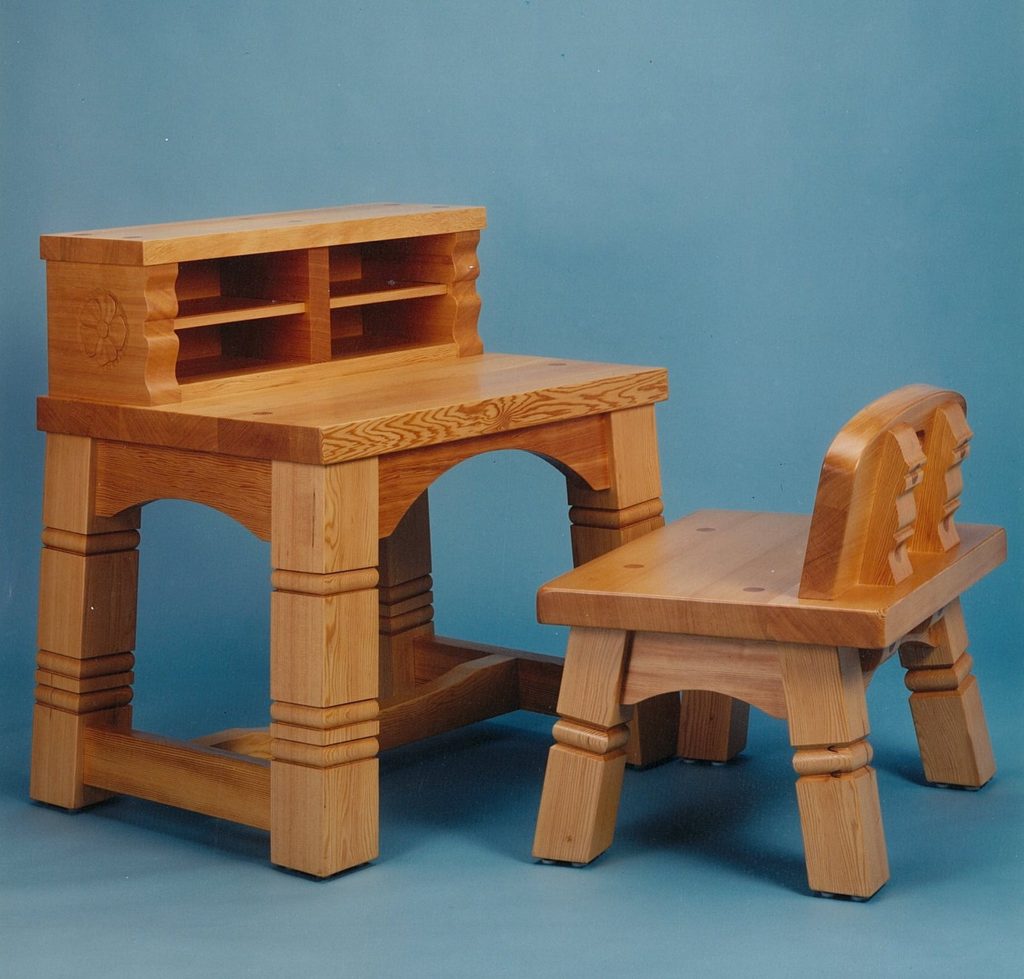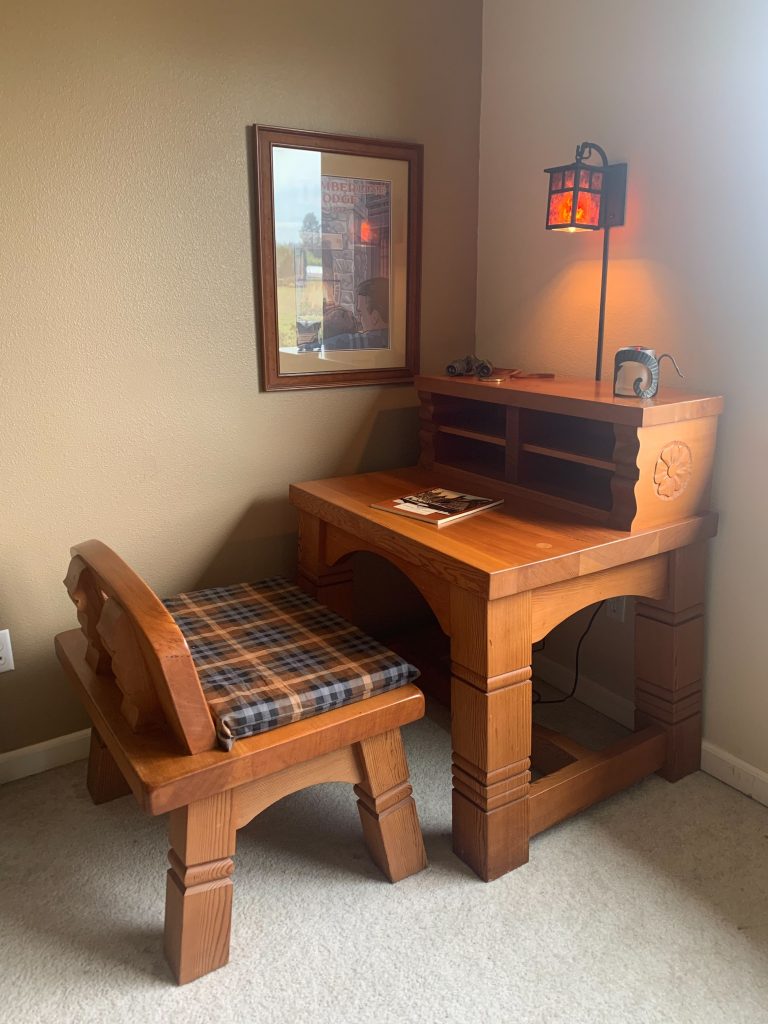I made this trip by train on VIA Rail from Vancouver, BC, to Halifax, NS, to visit my son Karl. For the first two nights, I stayed in the Samsun Hostel in downtown Vancouver. It was affordable, efficiently laid out with individual rooms ( 4 or 8 beds), plus shower rooms and bathrooms on all four floors. Everything was kept very clean by staff and guests. Free, all-you-can-eat breakfast was a healthy mix of fresh fruits, cereals, and bagels with butter and jam. Staff provided the food, but guests bussed and washed all their own plates, bowls, cups, etc. in the kitchen area at the back of the main floor. [All photos ![]() Max Vollmer, Click on any image to enlarge]
Max Vollmer, Click on any image to enlarge]

I stayed in a 4-bed room and got a good night’s sleep both nights. Four metal lockers on rollers for personal belongings slid under the bottom bunks. Each bed also had a lamp and an outlet against its back wall to charge a phone, and a privacy curtain. While it was not supposed to happen, I ended up with a young woman for a roommate. Fortunately she wasn’t bothered.
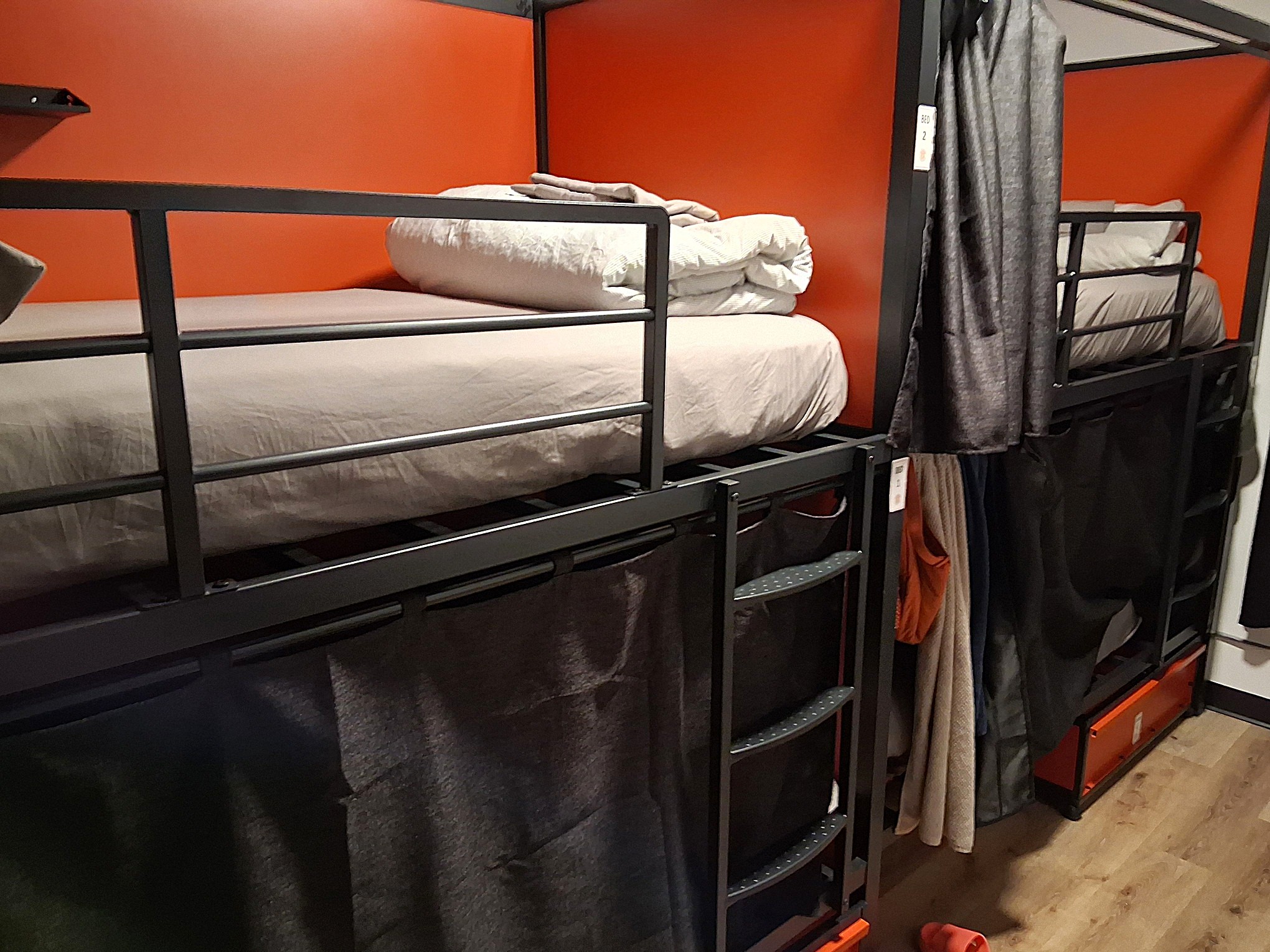
I had a full day to explore a little of the downtown and to walk along the seawall to Stanley Park, a preserve with an old growth forest of cedars, firs and maples on a promontory west of the city center.
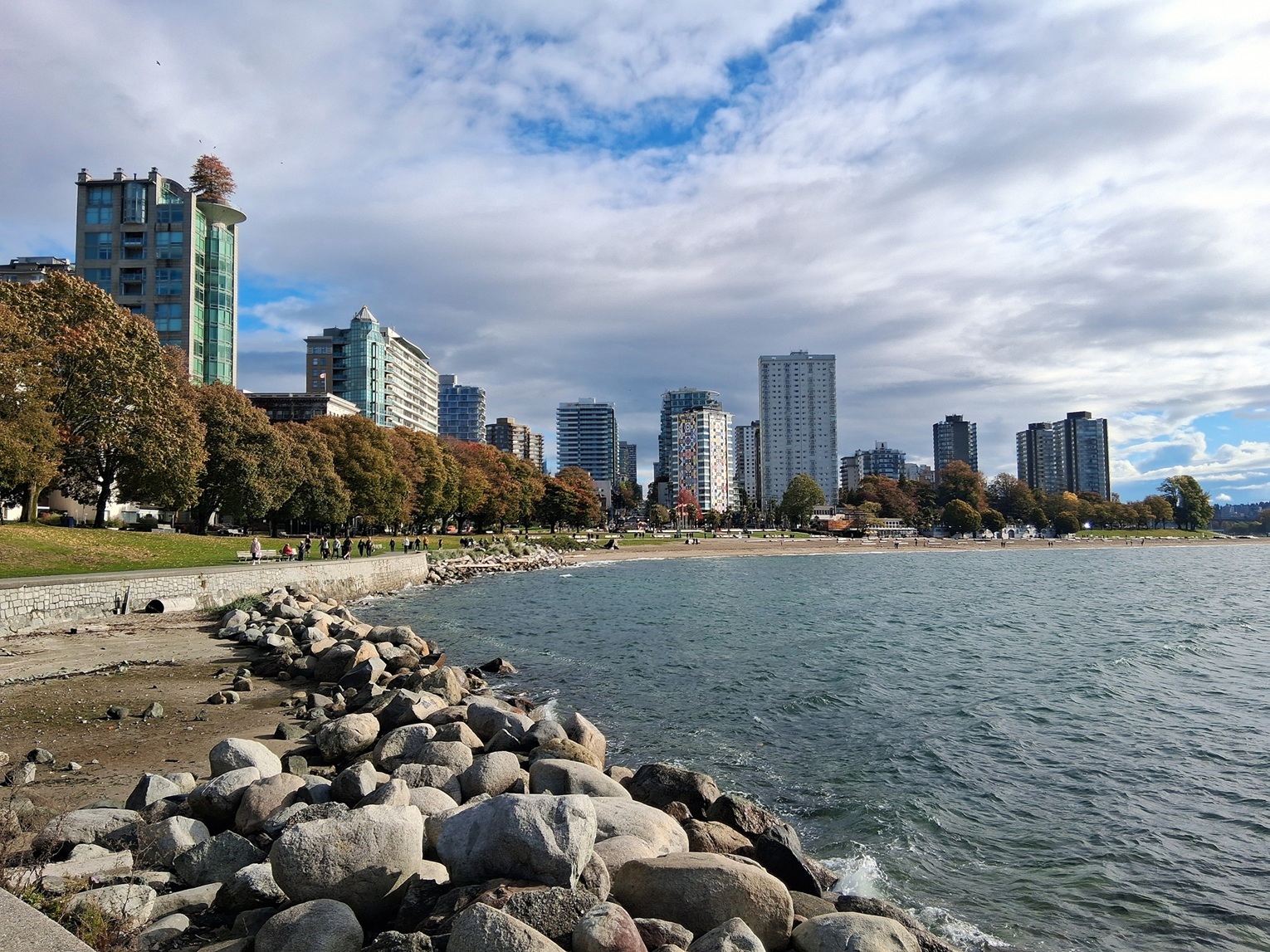


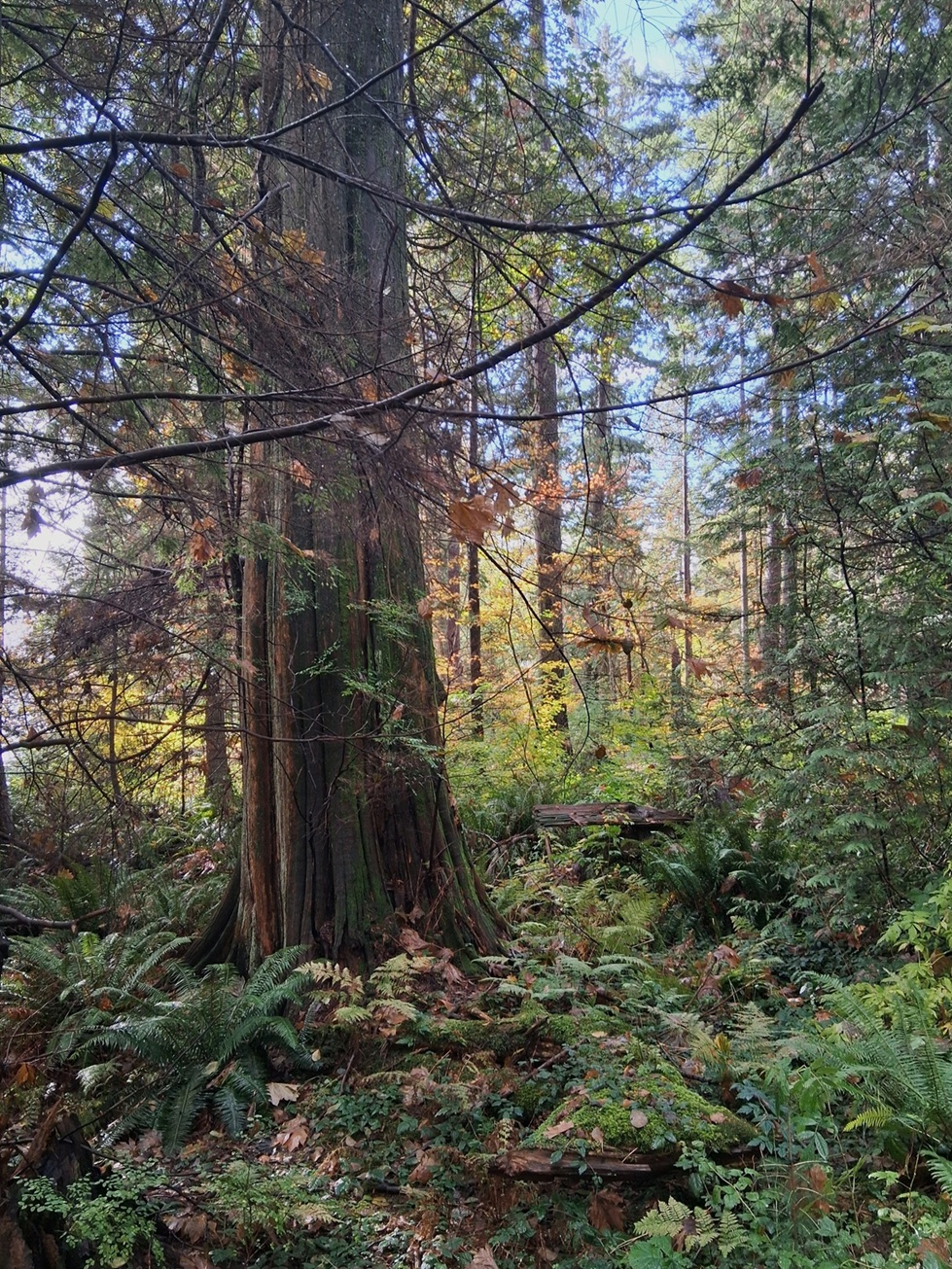
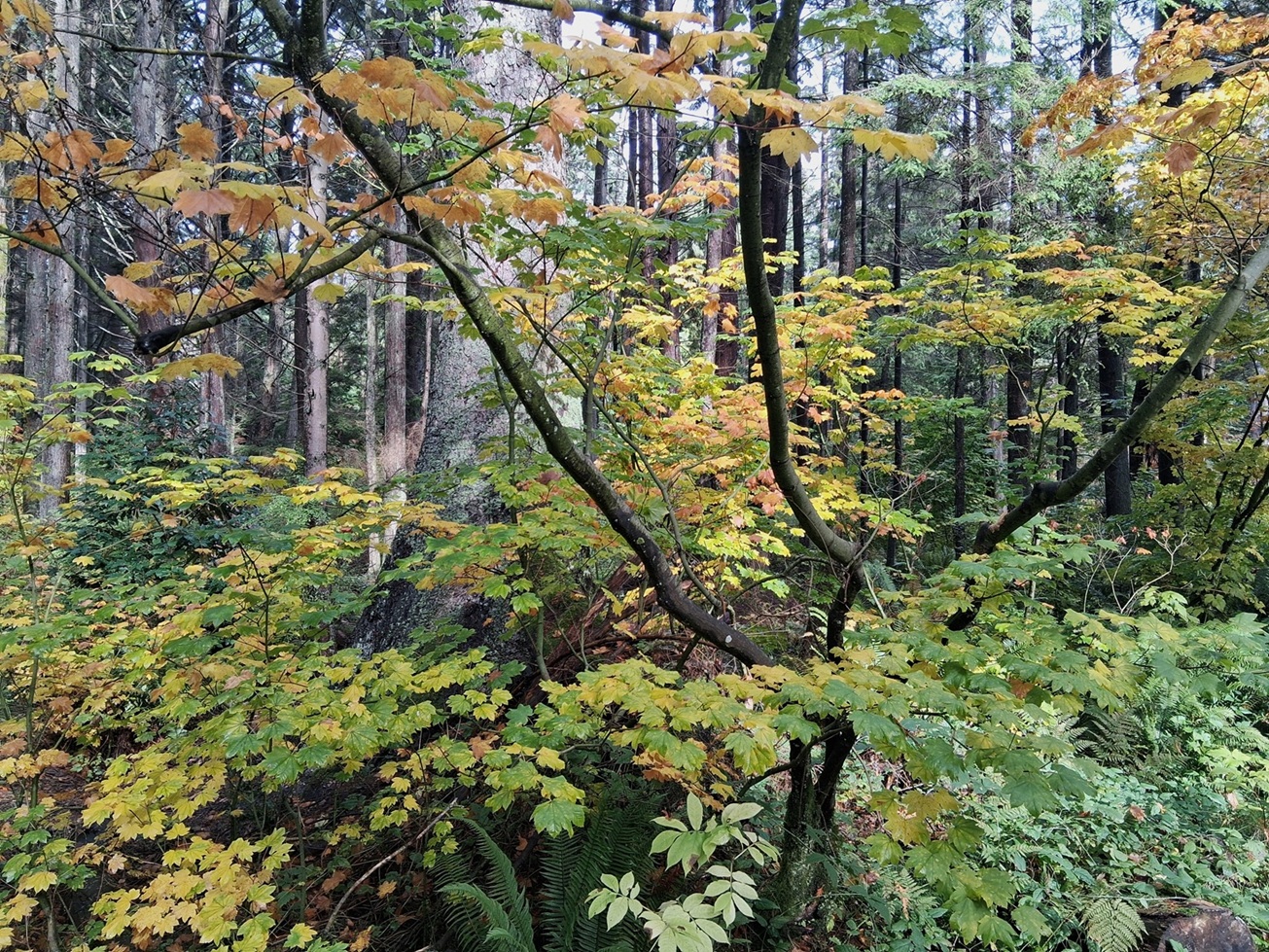
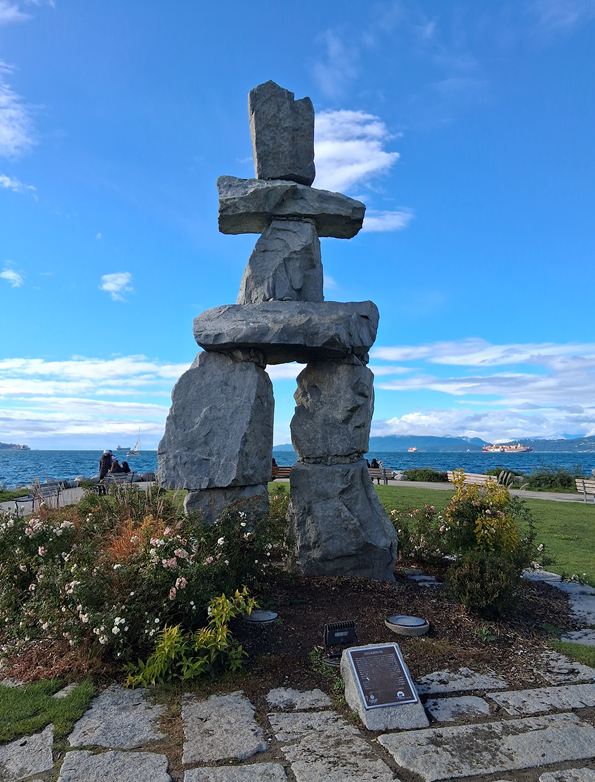
I boarded the Canadian, VIA Rail’s premier scenic run from Vancouver, BC, to Toronto, Ontario, on Sunday afternoon, 10/20. The entire train including my sleeper is vintage 1955, venerable but well maintained, with lots of solid stainless steel and aluminum trim and a few genuine leather details. I had my cabin, meant for two, to myself and appreciated the quiet comfort.
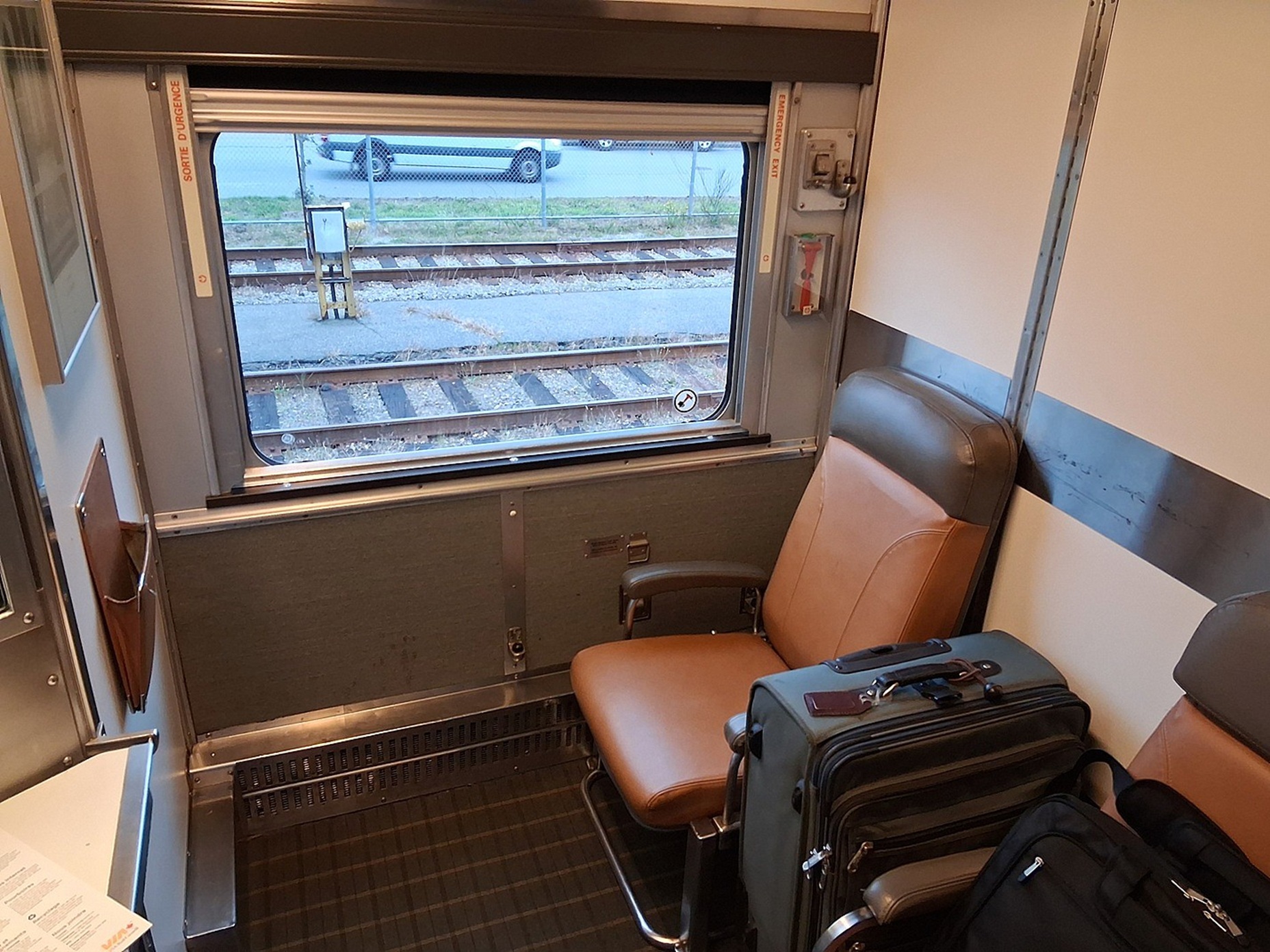
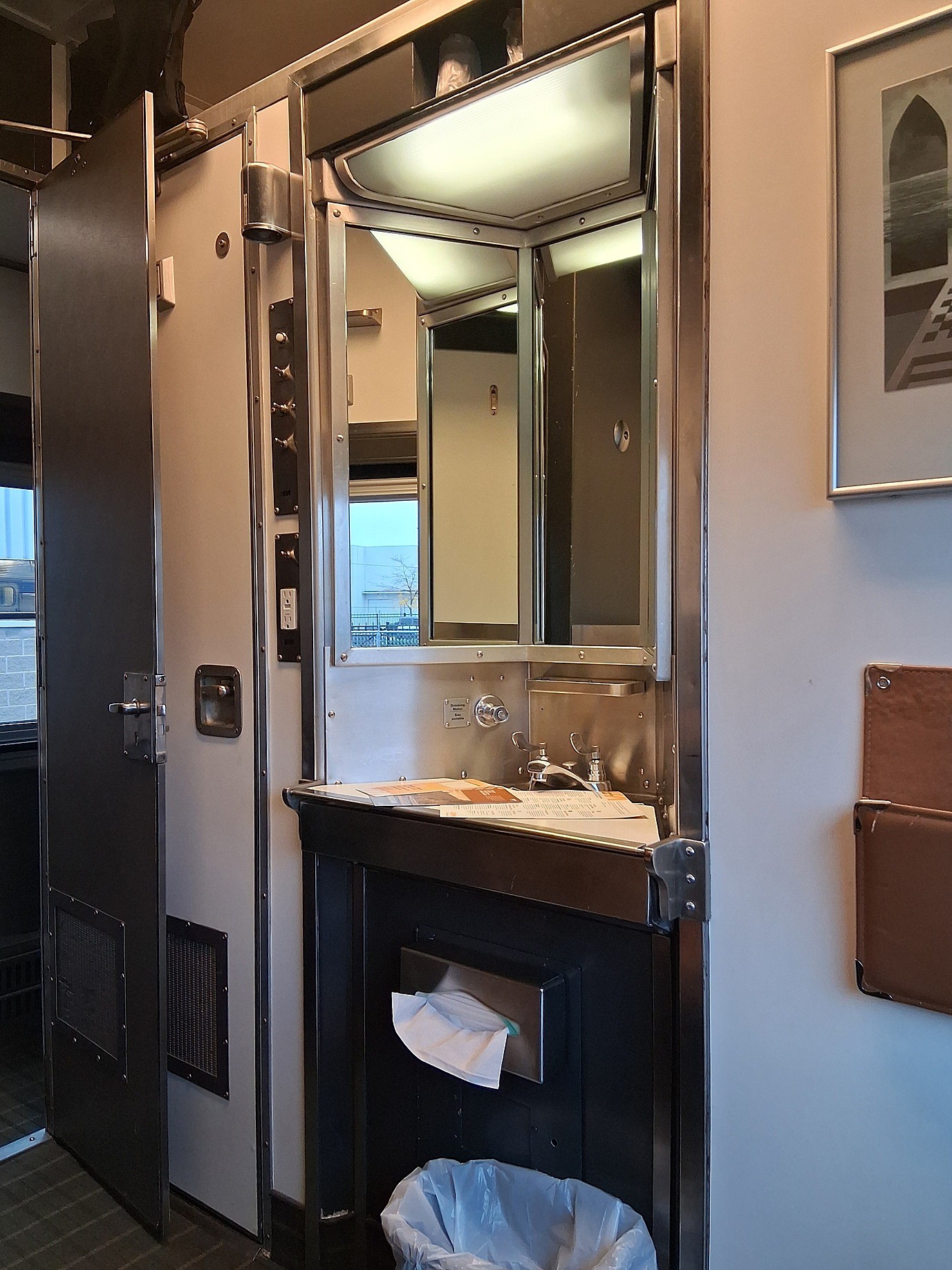
Meals are included in the sleeper fare and are served in the dining car by reservation. Tables for four meant that I met people from Germany, France, and Japan. The real surprise was how many of my fellow passengers, couples and singles, young and old, were Canadians (the majority) and many of them French speaking. Few were from the U.S. which was fine with me. Dinners included rack of lamb, beef tenderloin, and salmon, all excellent.
I took advantage of the surprisingly roomy shower room at one end of the sleeping car each morning at around 6:00 a.m. and then took a seat in the dome car to watch the day begin before breakfast.

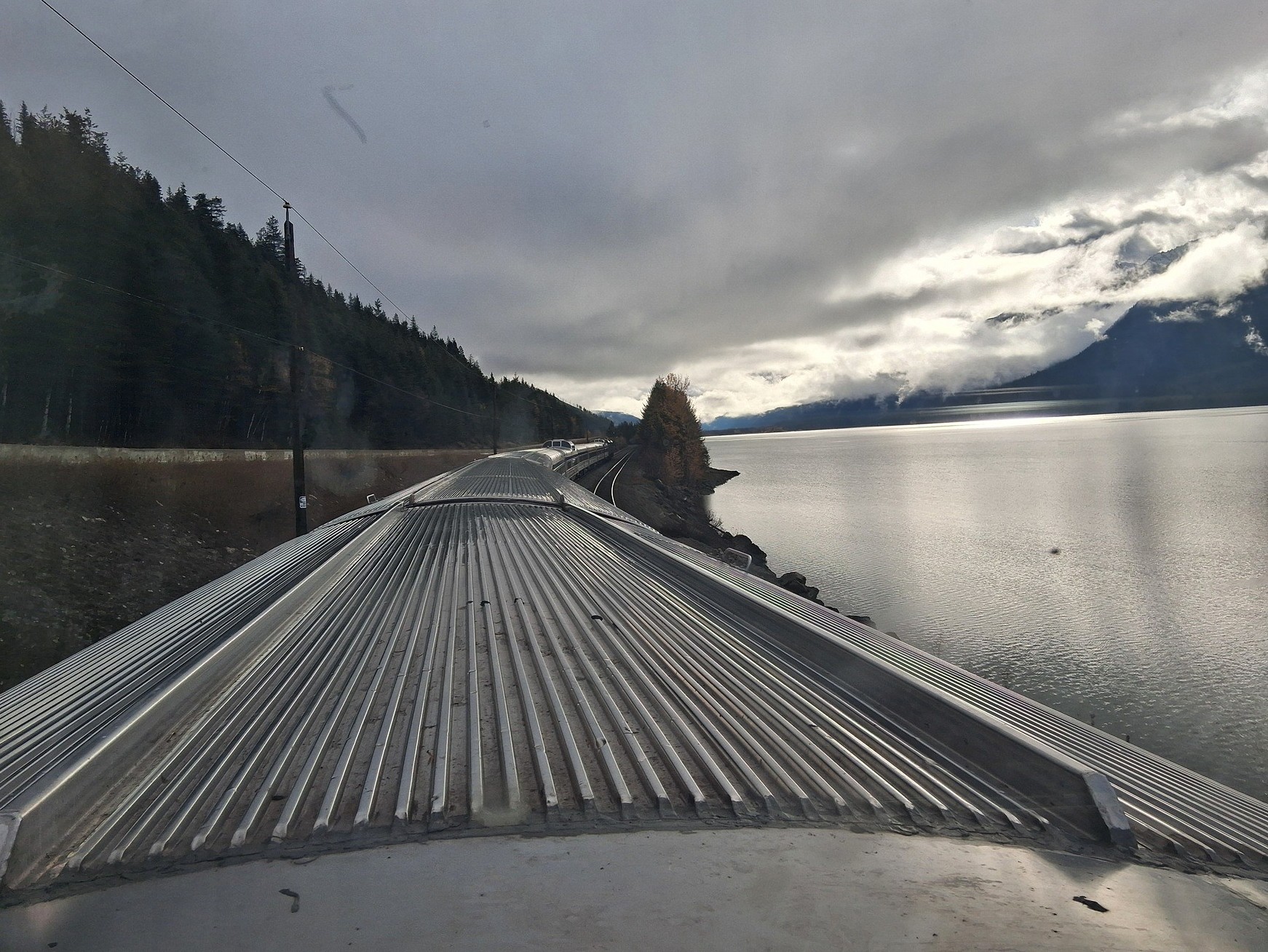
Our longest stop on day two was in Jasper, BC, a jumping off place for Jasper National Park.

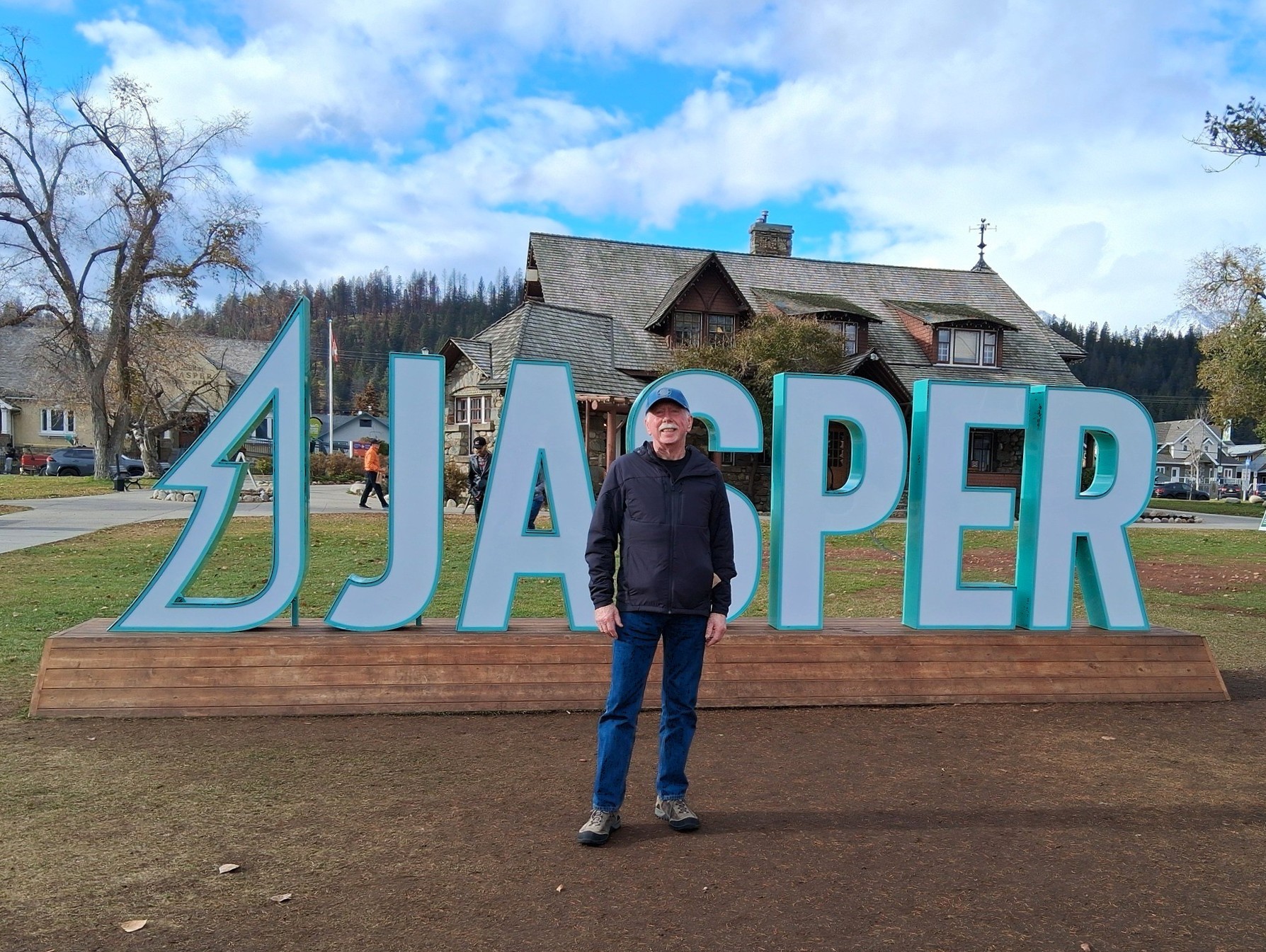
Jasper National Park does not disappoint and is the reason many people ride the Canadian.


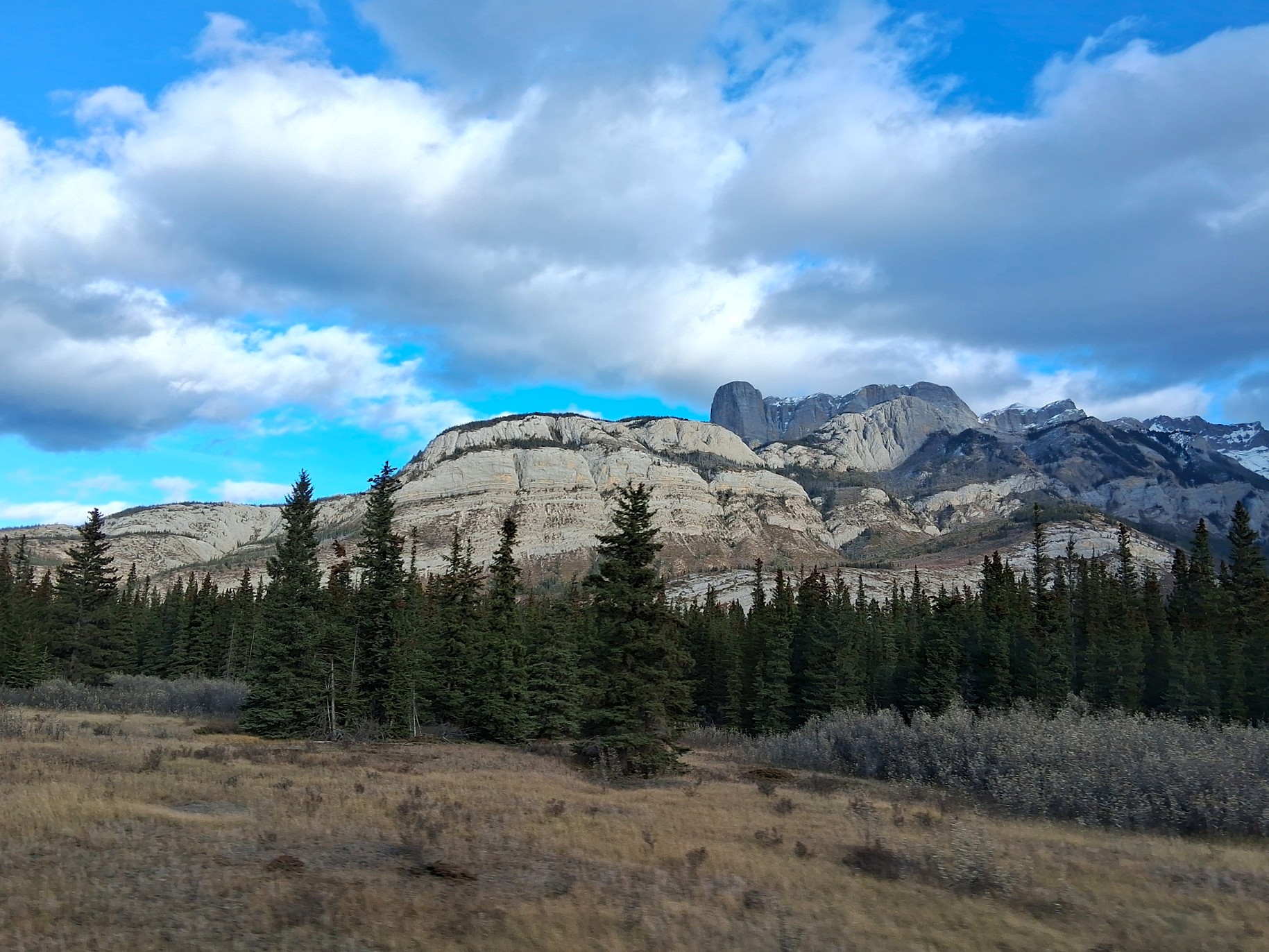

The next morning dawned over the plains of Alberta and, yes, it is very flat. Saskatchewan is pretty much the same, perfect for growing wheat, barley, and oats for export.

By late afternoon on the third day, we were crossing the what’s know as the Canadian Shield, a region north of Lake Superior with the oldest exposed bedrock in the world. Something like 50 million years old. The climate is moderately wet and there were small bodies of water, like potholes, across the terrain all the way to Toronto, Ontario. From Toronto, I took a separate train to Montreal, Quebec, where I spent a day and two nights before boarding the VIA Rail Ocean to Halifax, NS.
The Ocean follows the St. Lawrence River through Quebec until it turns south into New Brunswick, the land of the Acadians. The story of Acadia and the 1755 Expulsion has not been forgotten locally. French and Acadian culture is still a big part of local life. Homes in small communities along the river were uniformly well maintained and small by U.S. standards.
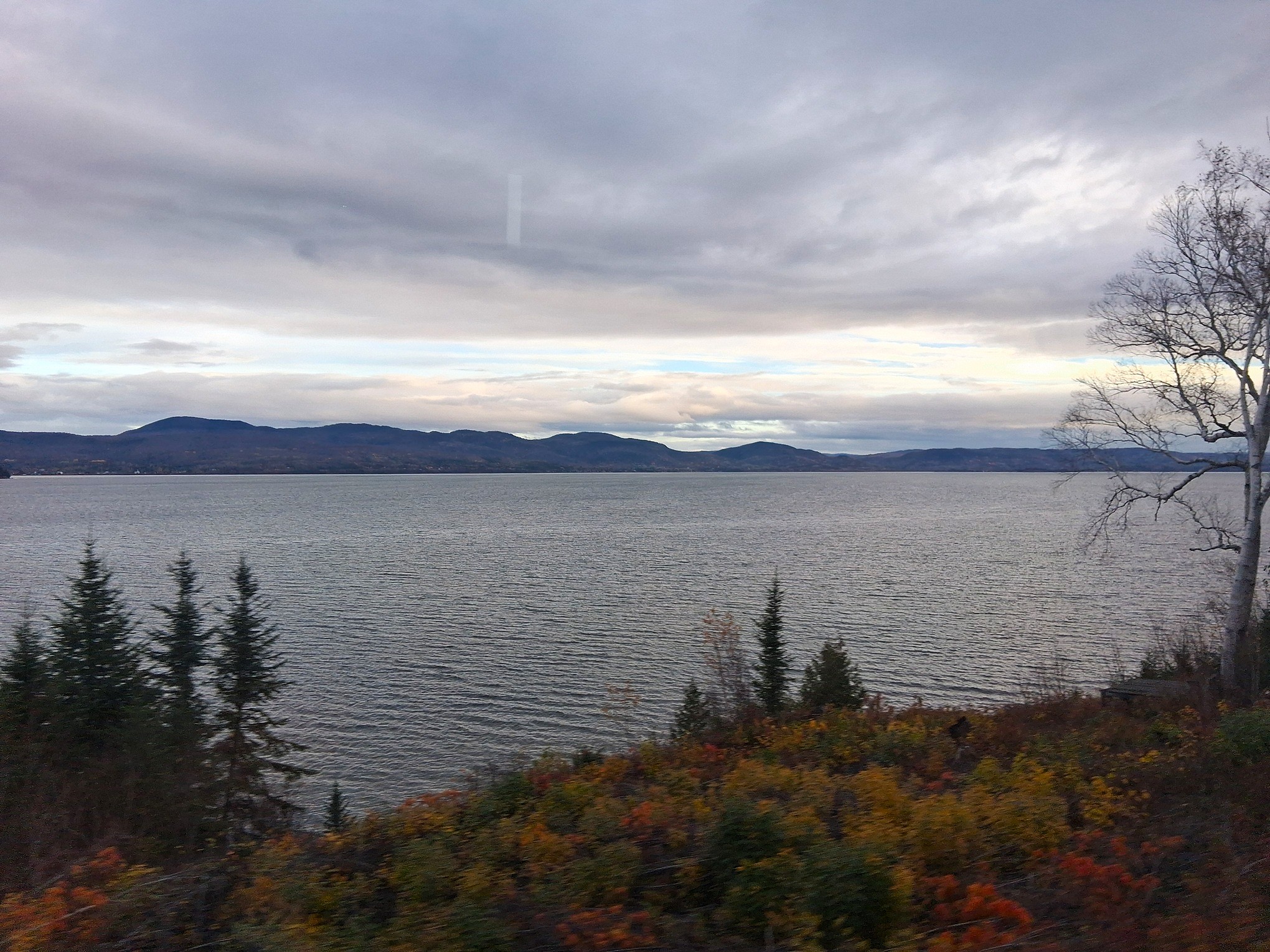
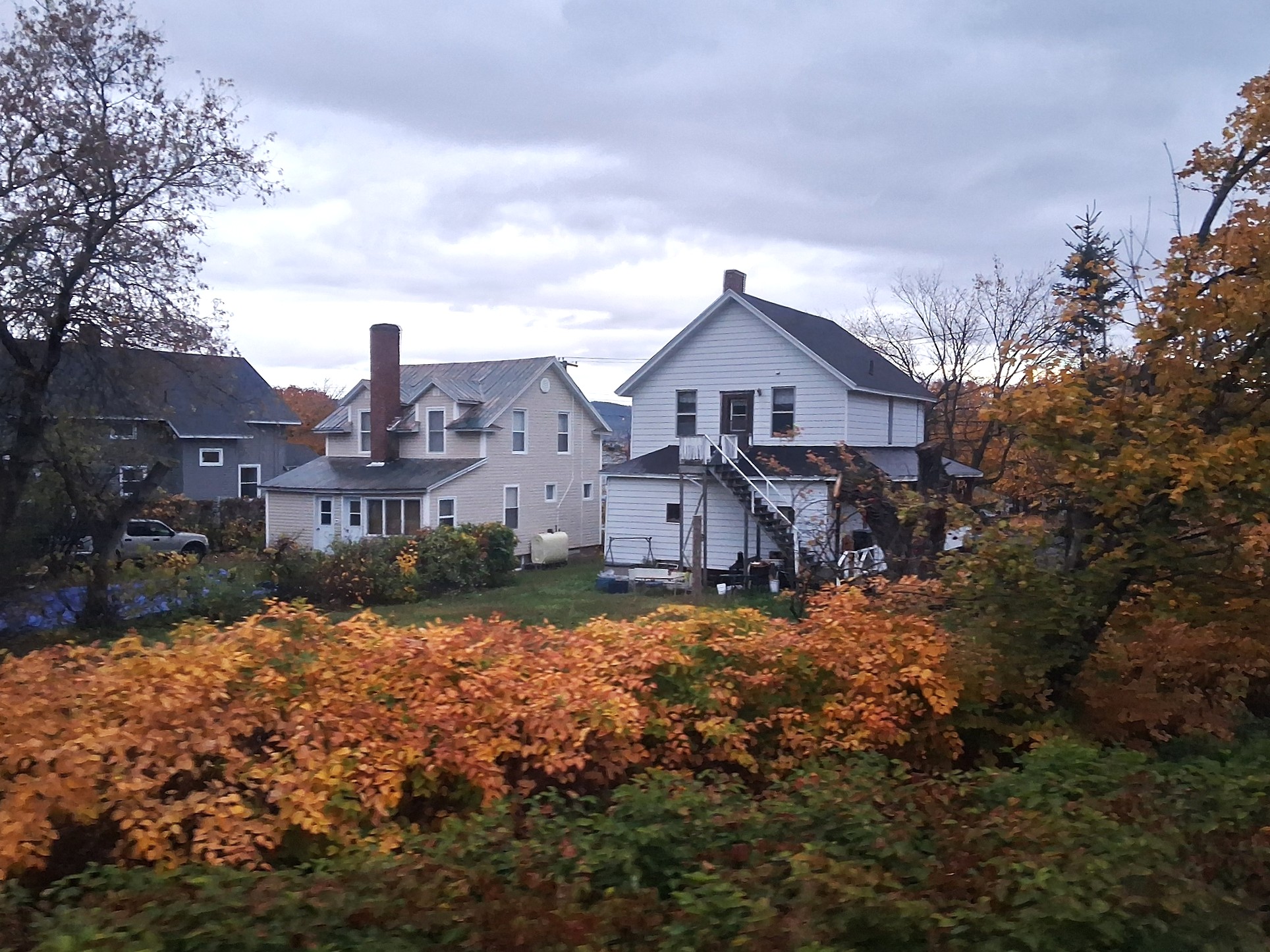
When we turned south toward Halifax , we entered Mount Carleton Provincial Park and the forest was a mix of birch, eastern larch (bright yellow), spruce, pine, and fir.
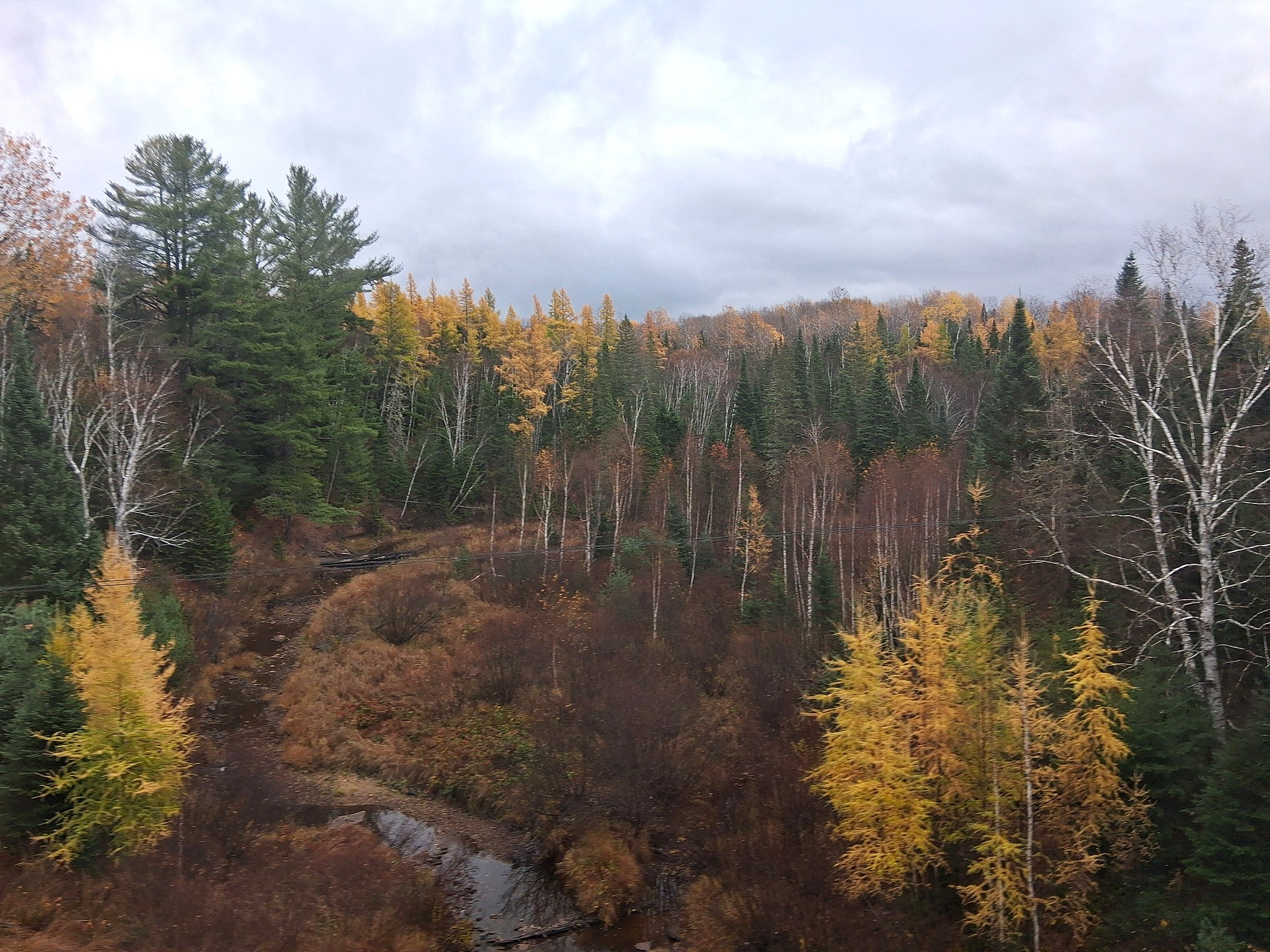
My train ride ended in Halifax, three hours late which is typical of VIA Rail, where Karl picked me up. After eleven days traveling, I was more than ready for a hot shower and a long night’s sleep, a full four time zones away from Oregon. Karl’s house in Duncans Cove sits atop a rock face overlooking Halifax Harbor and is built on concrete footings set deep in solid granite and once held a shore battery to protect the harbor during WW I. Halifax and Dartmouth, NS, are on the horizon to the north.
